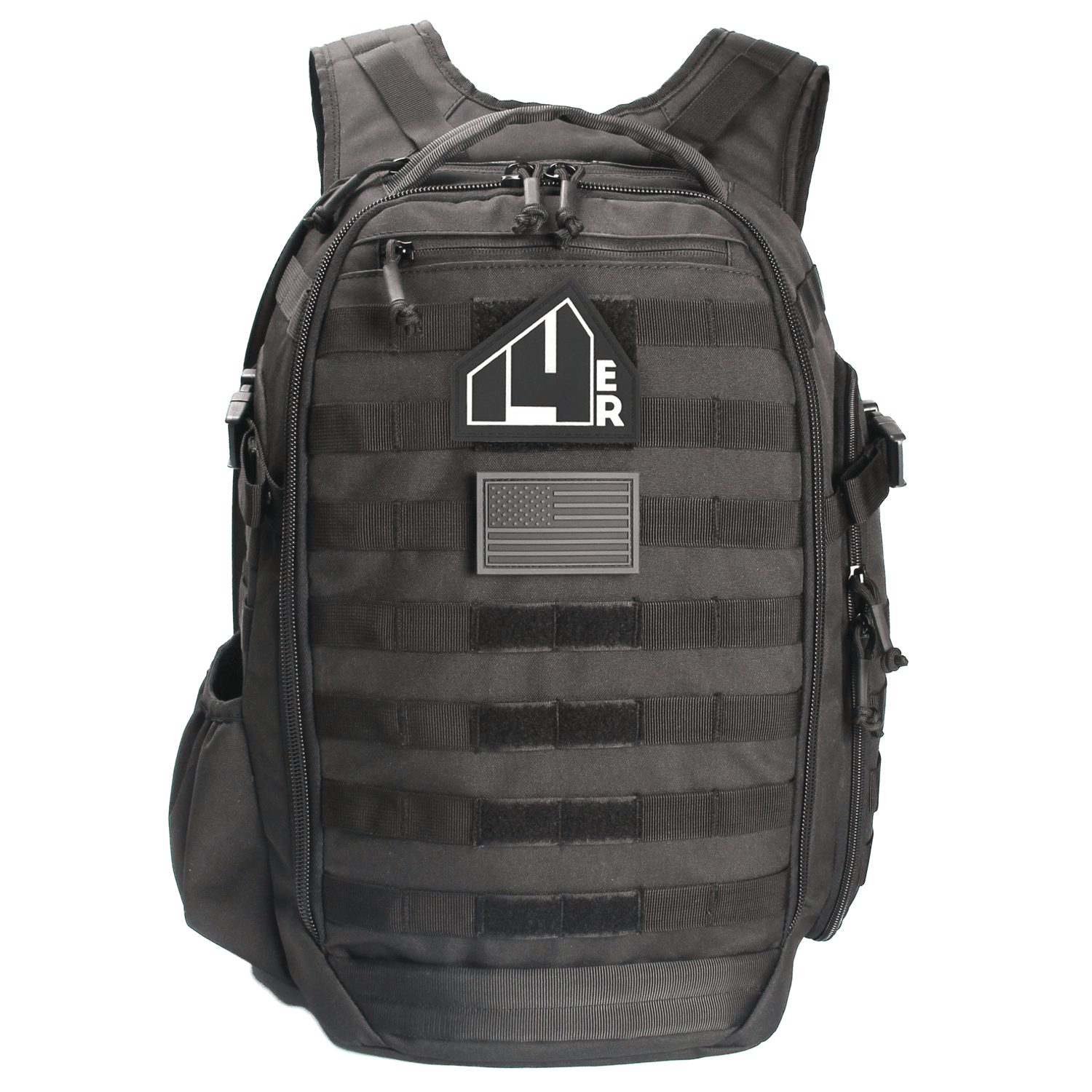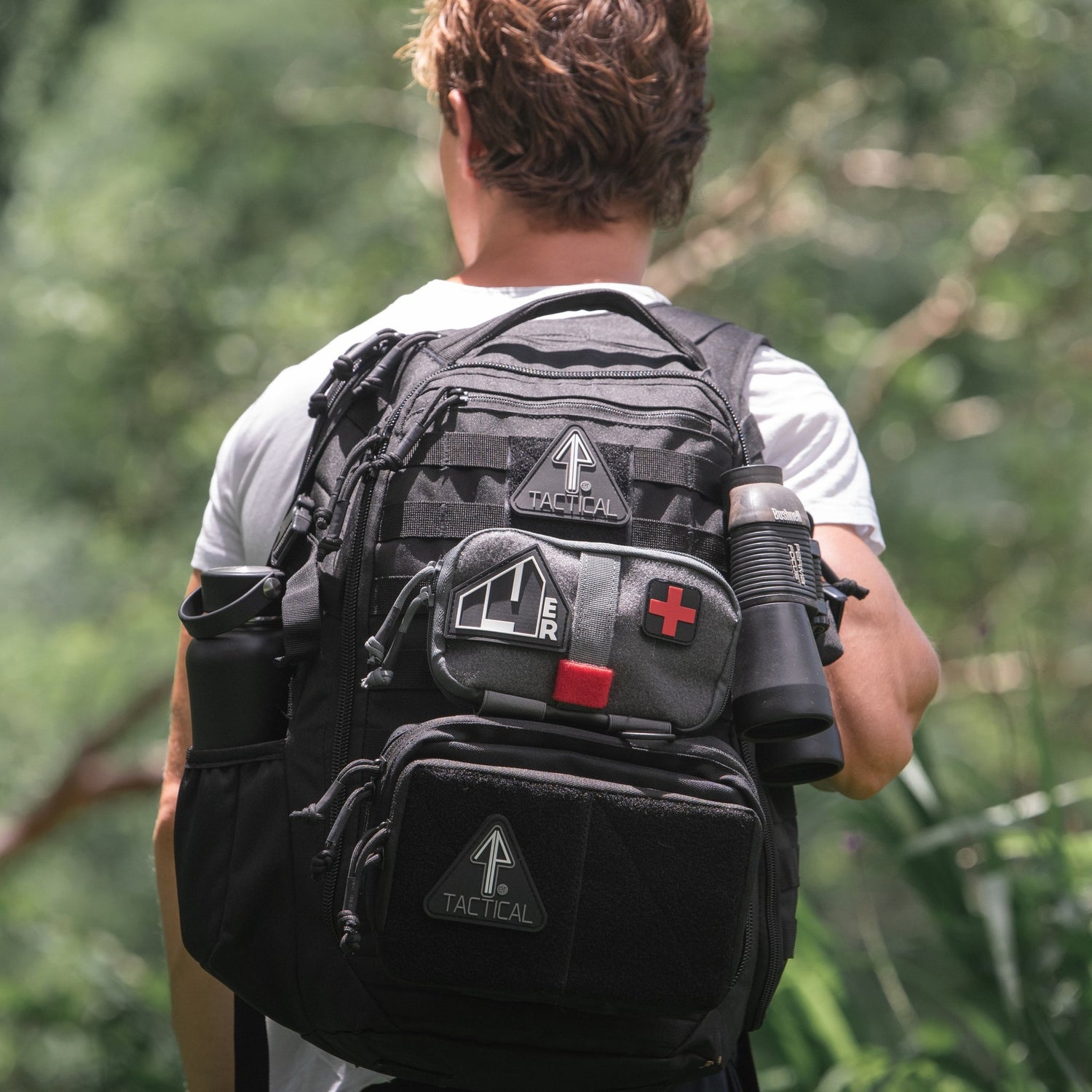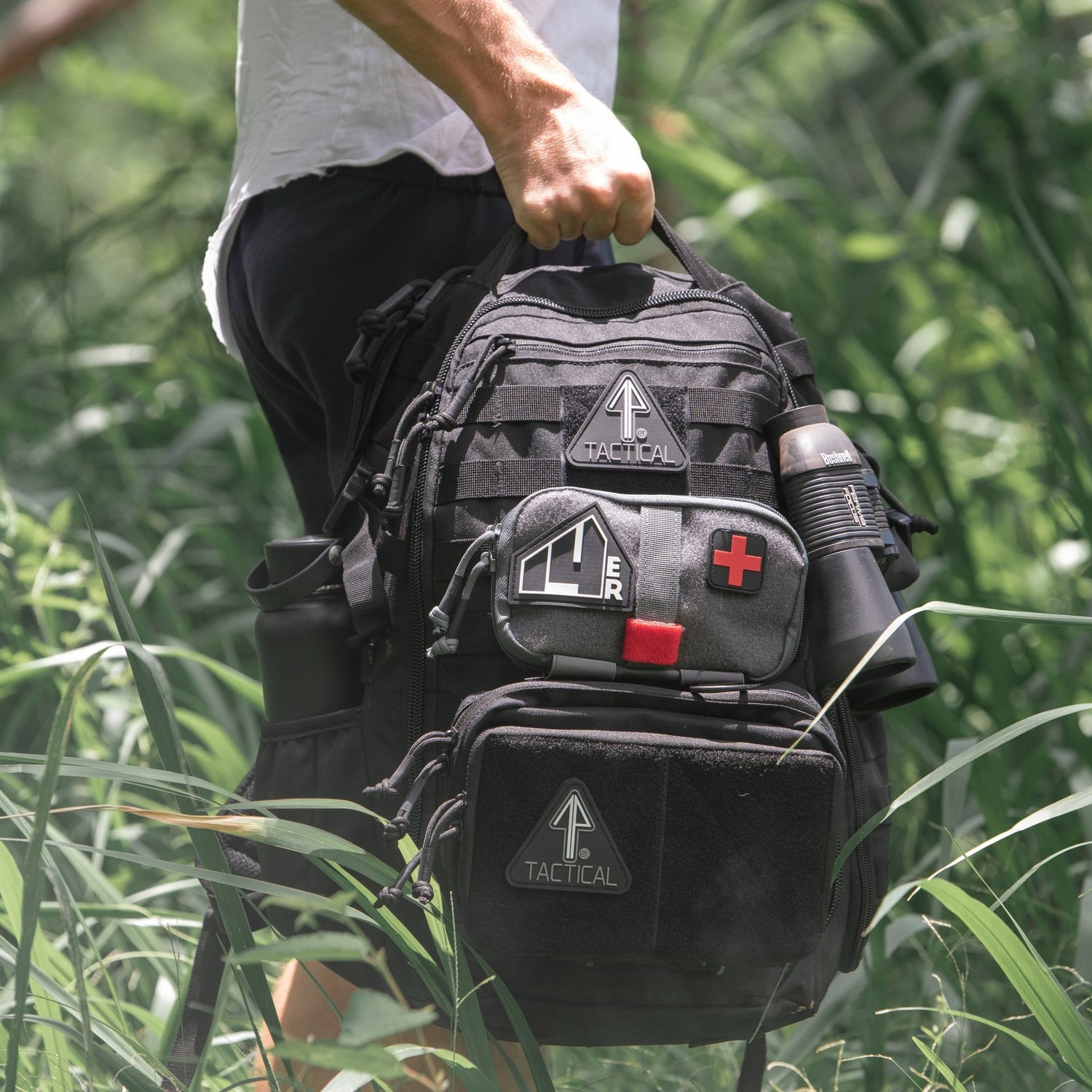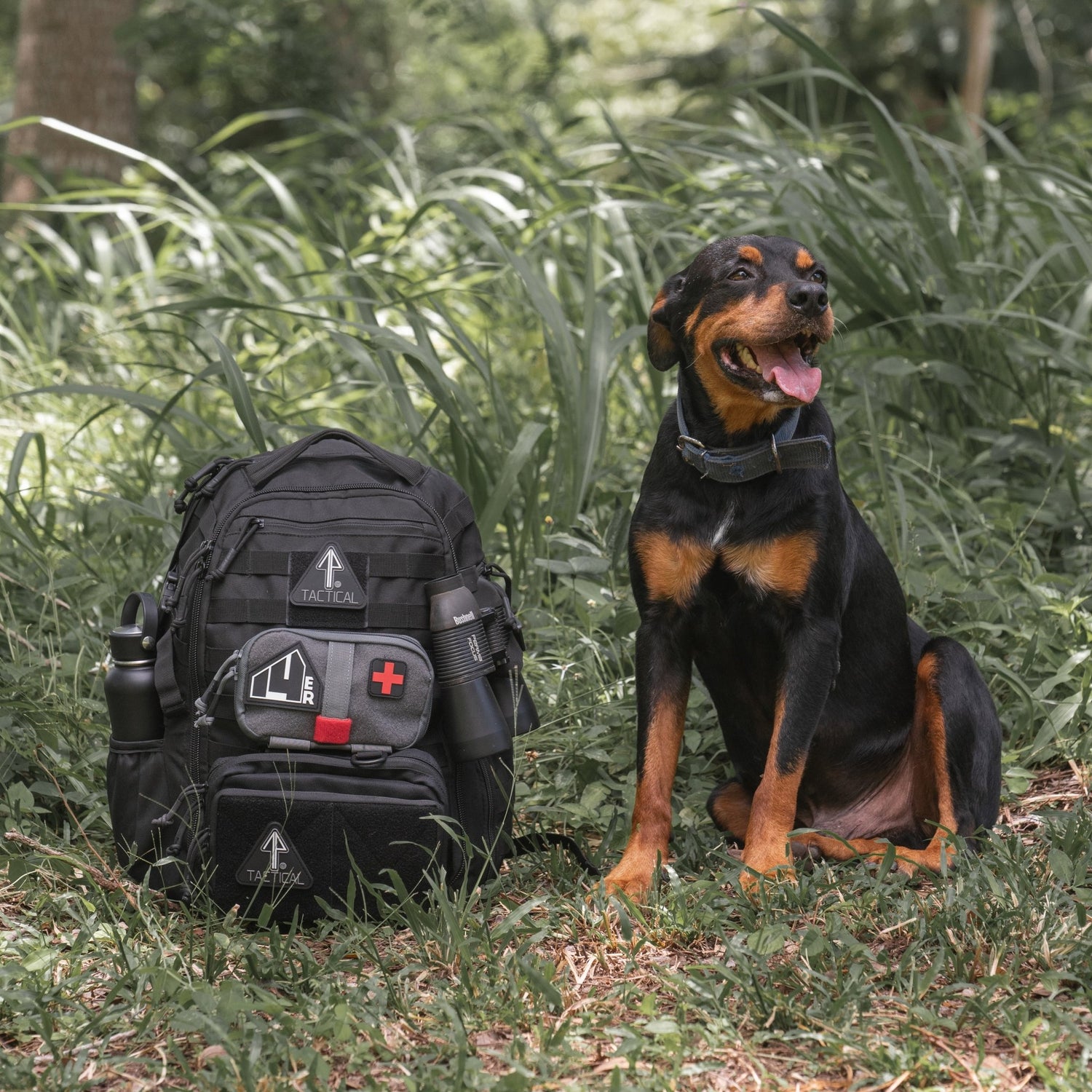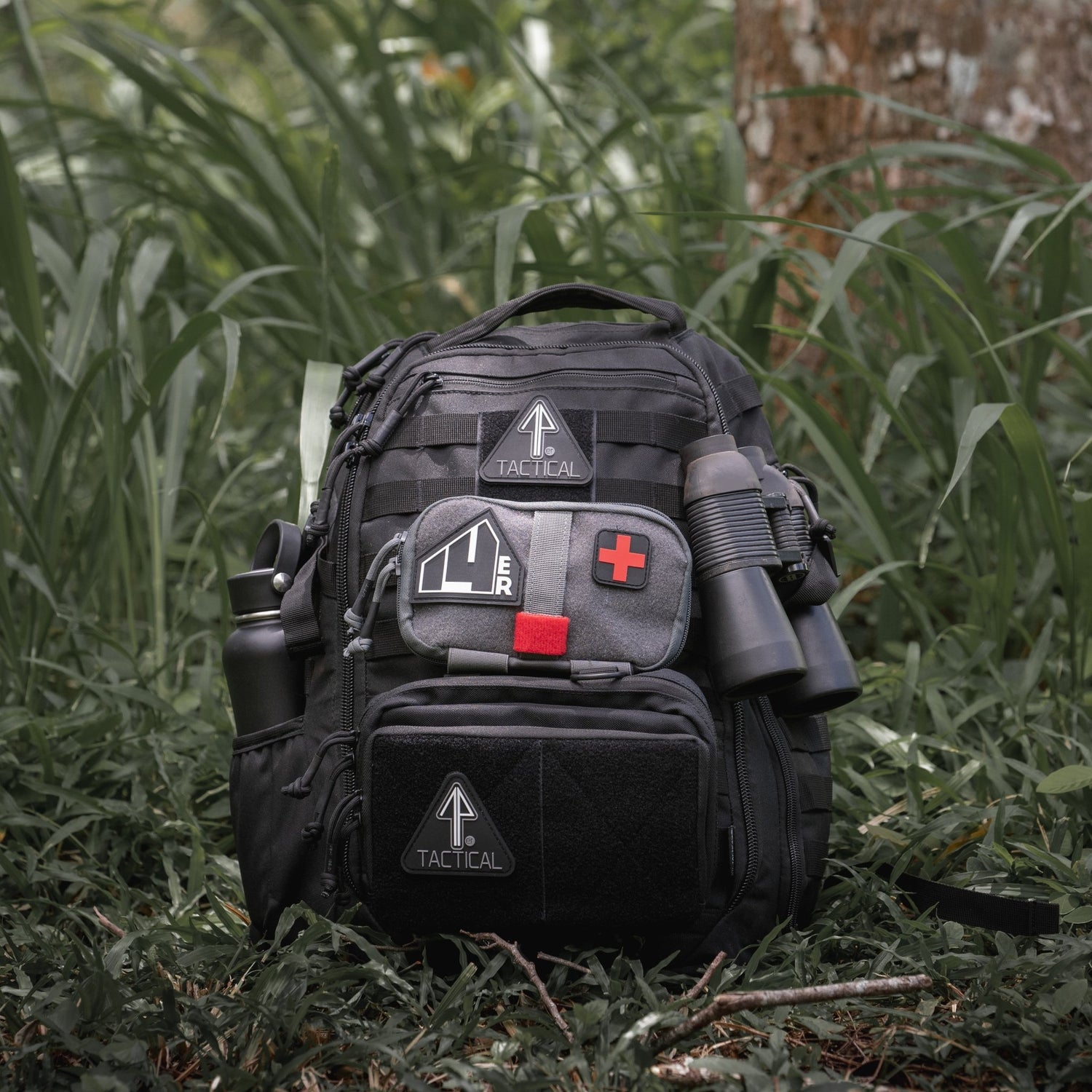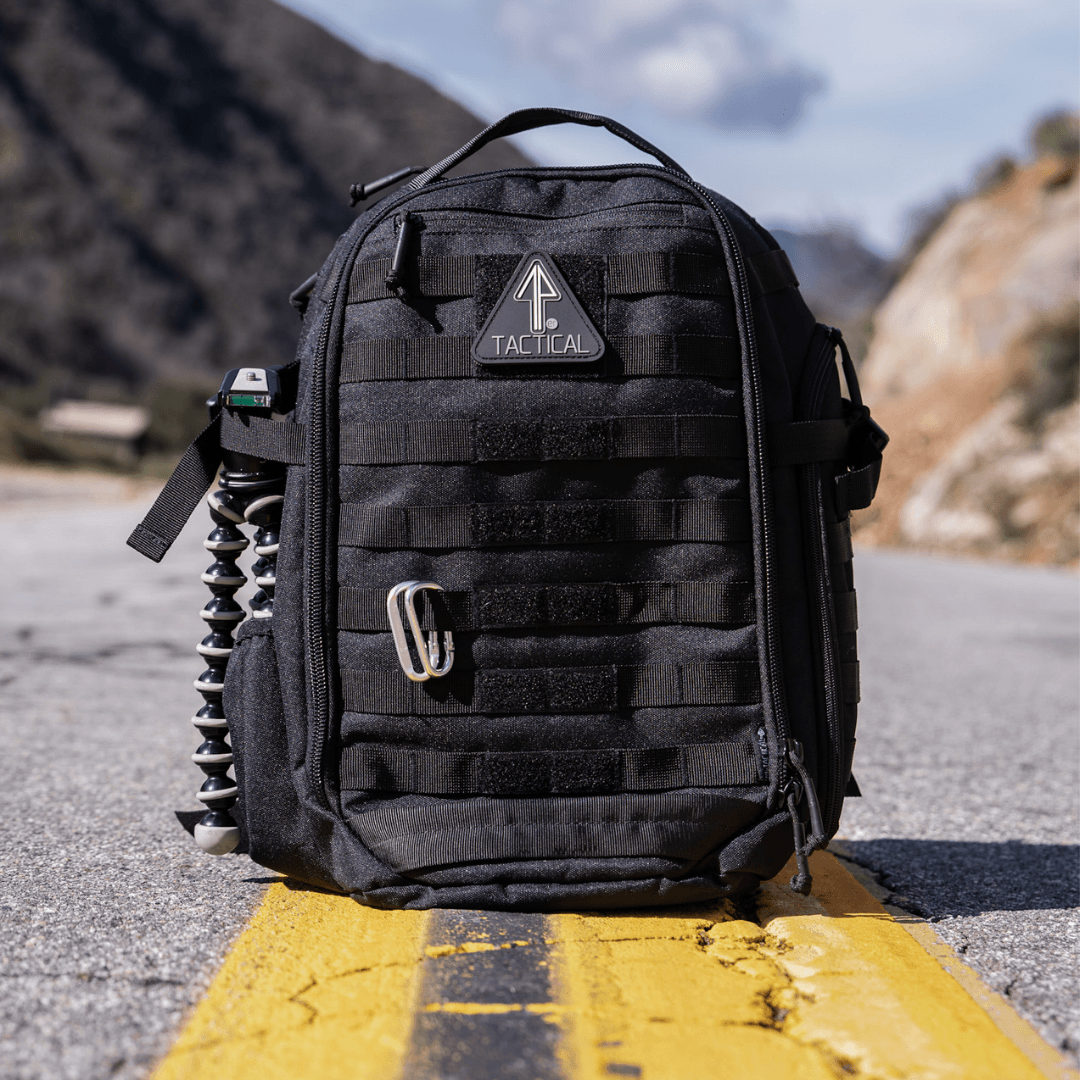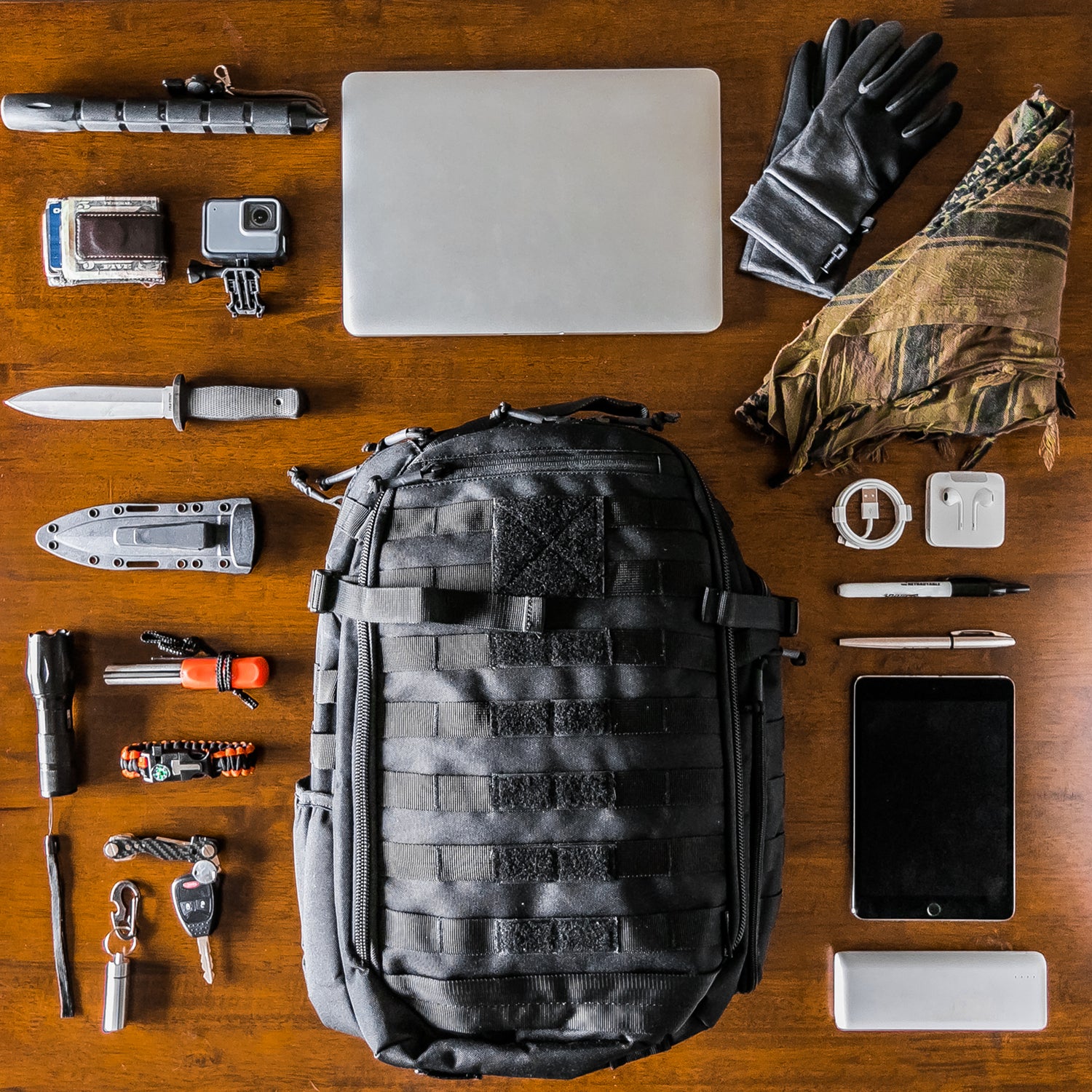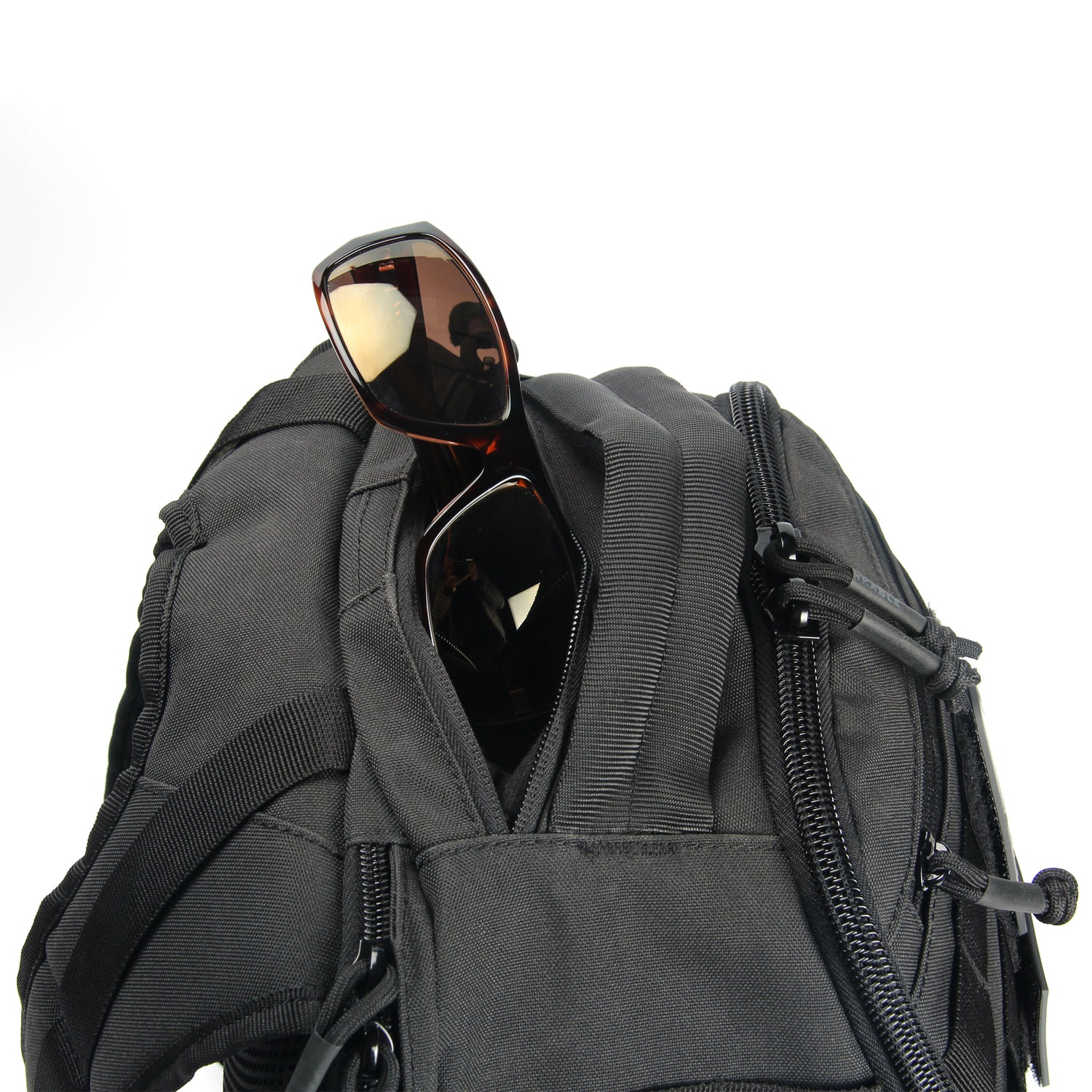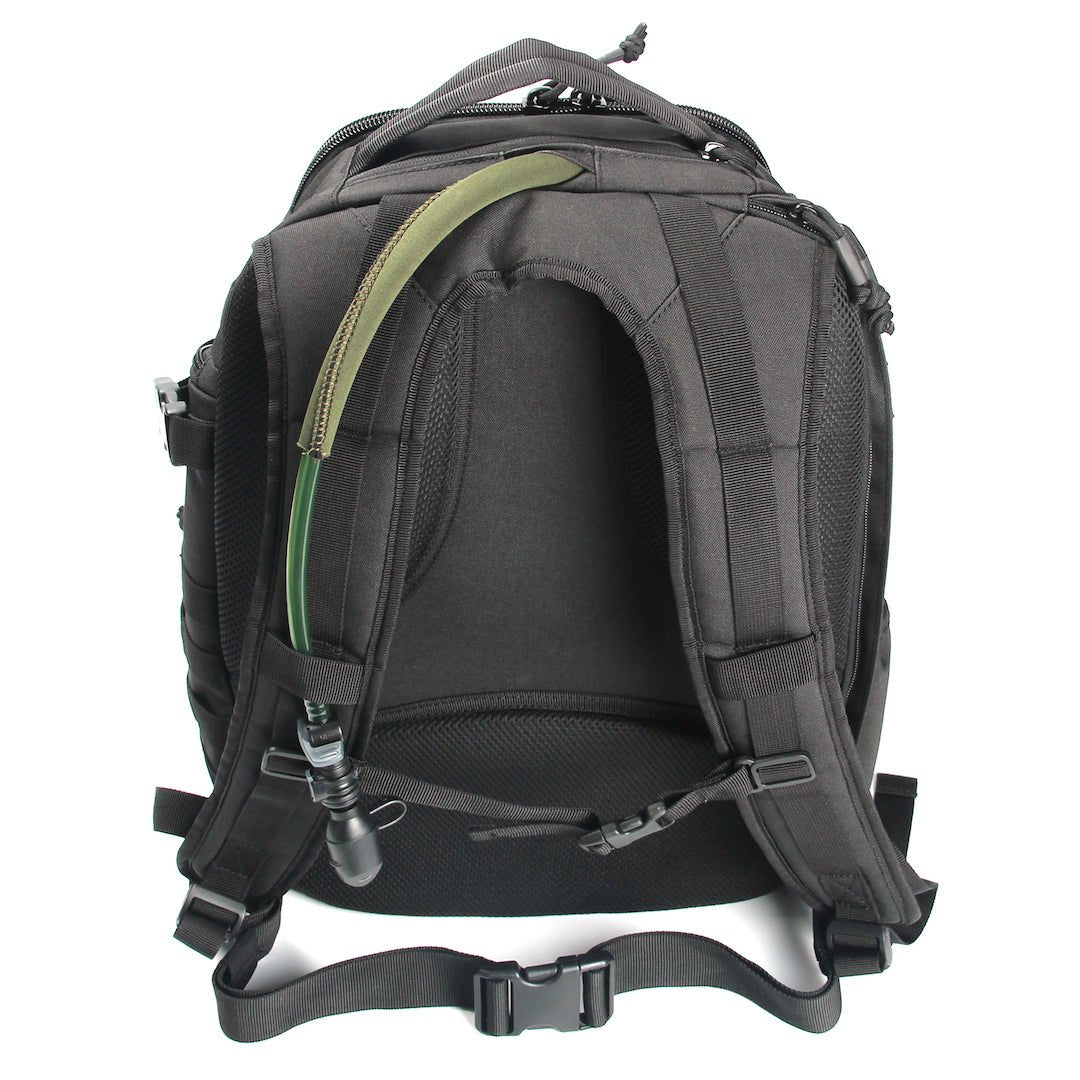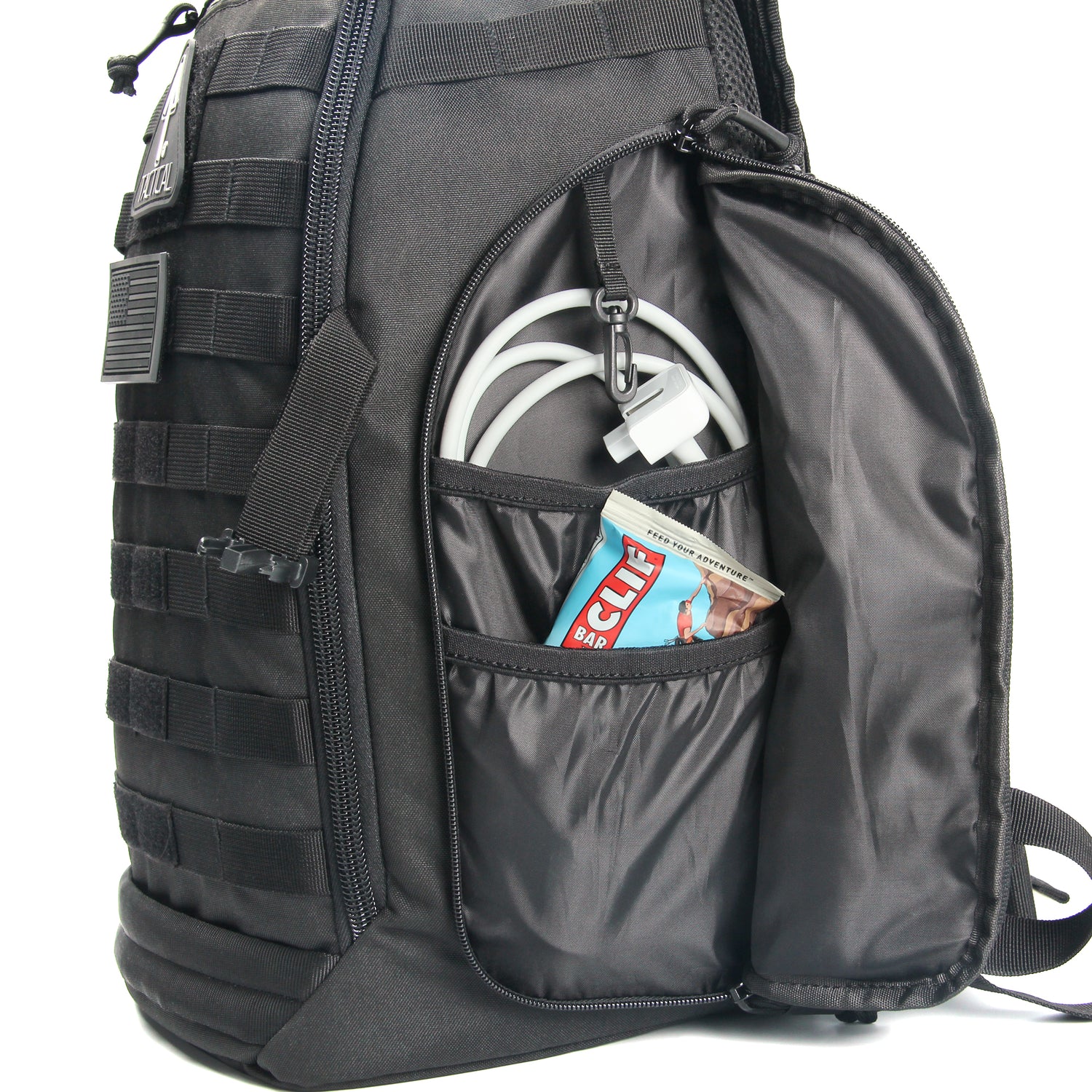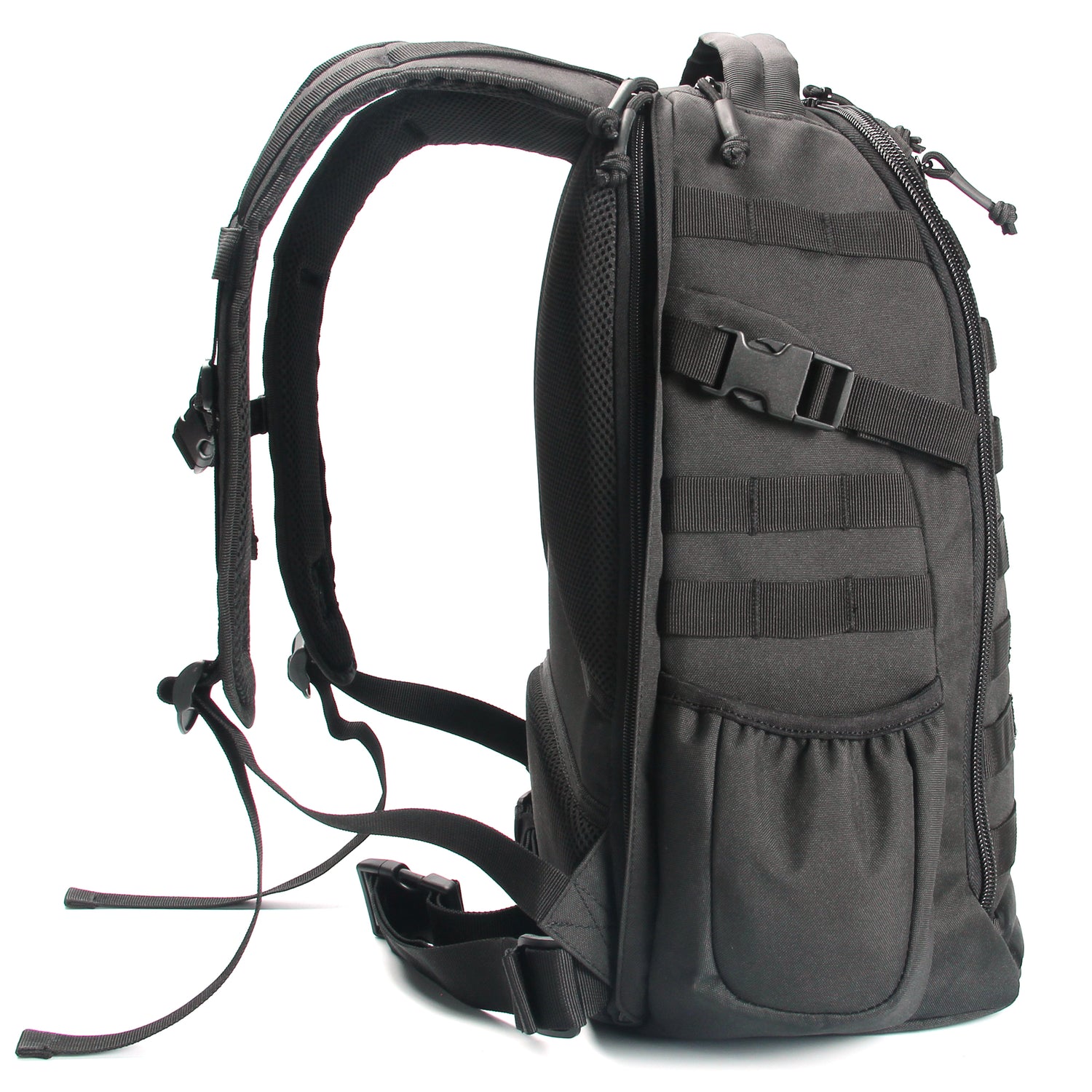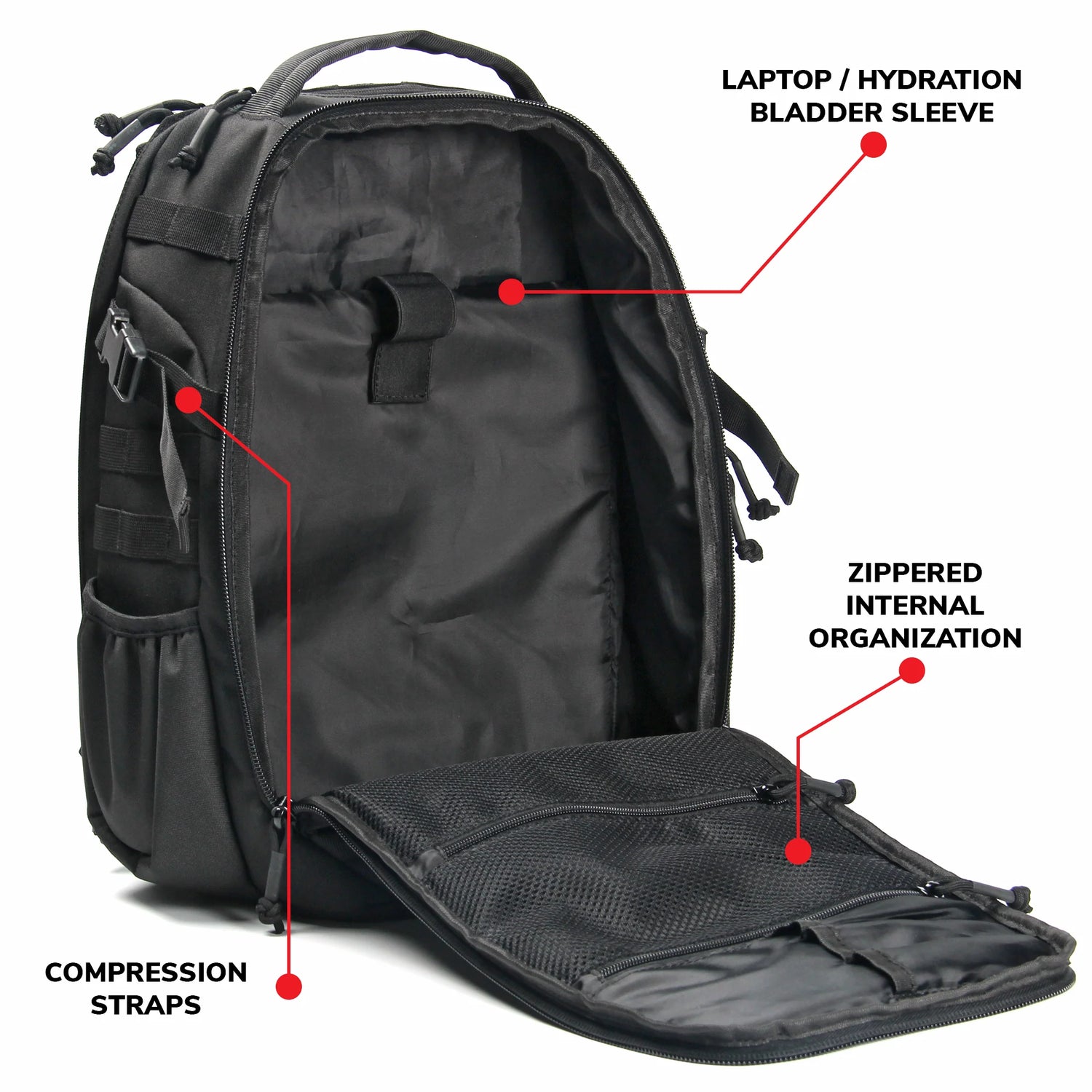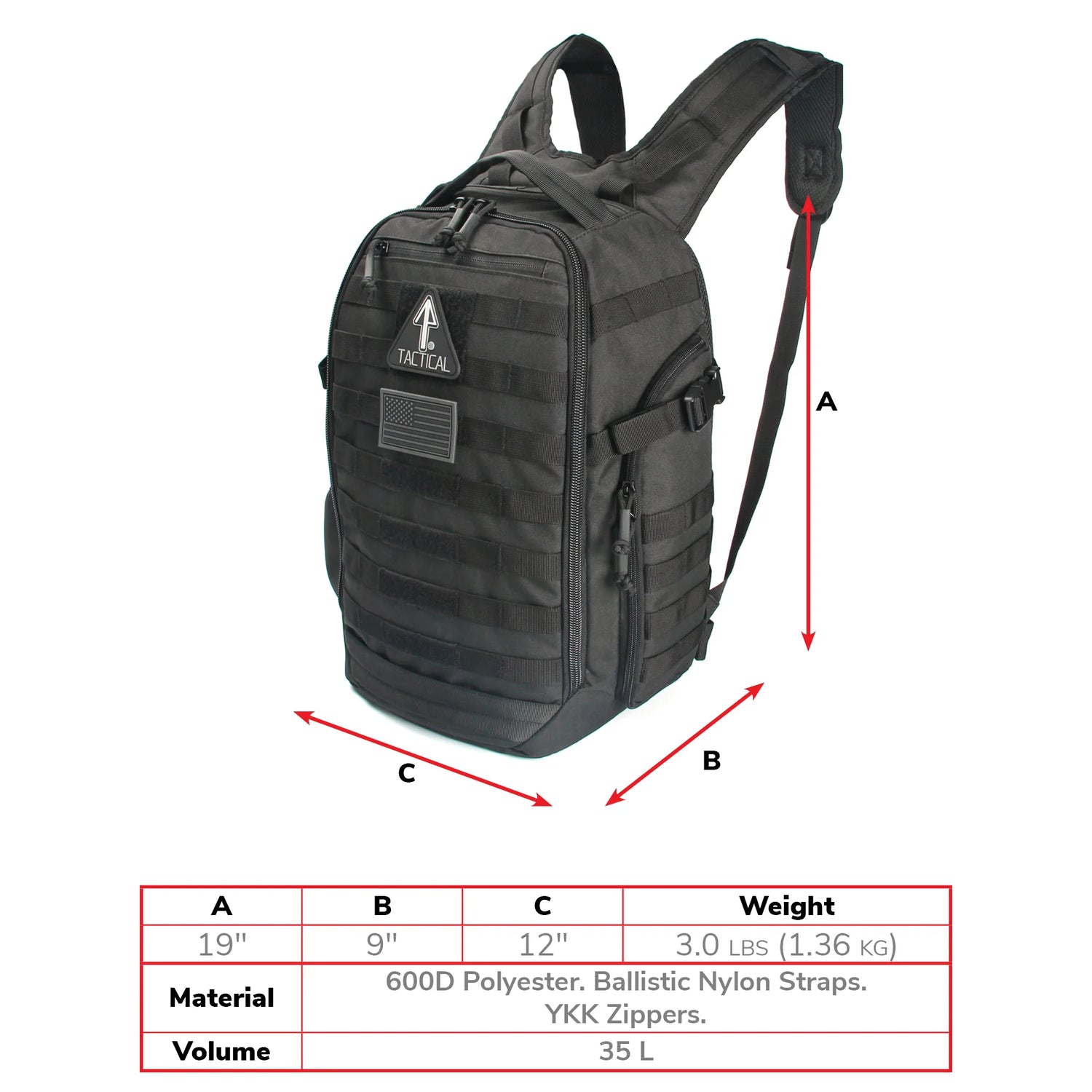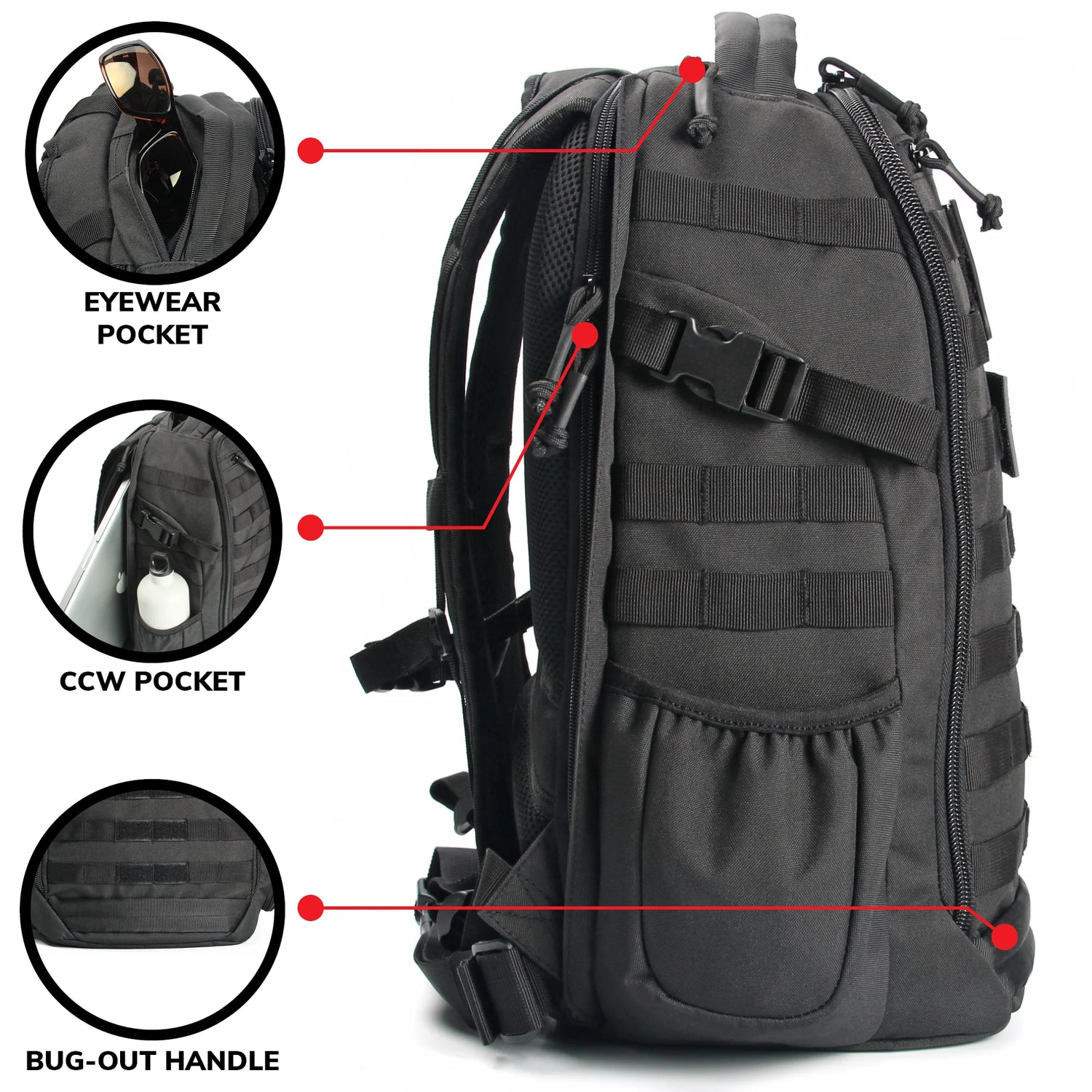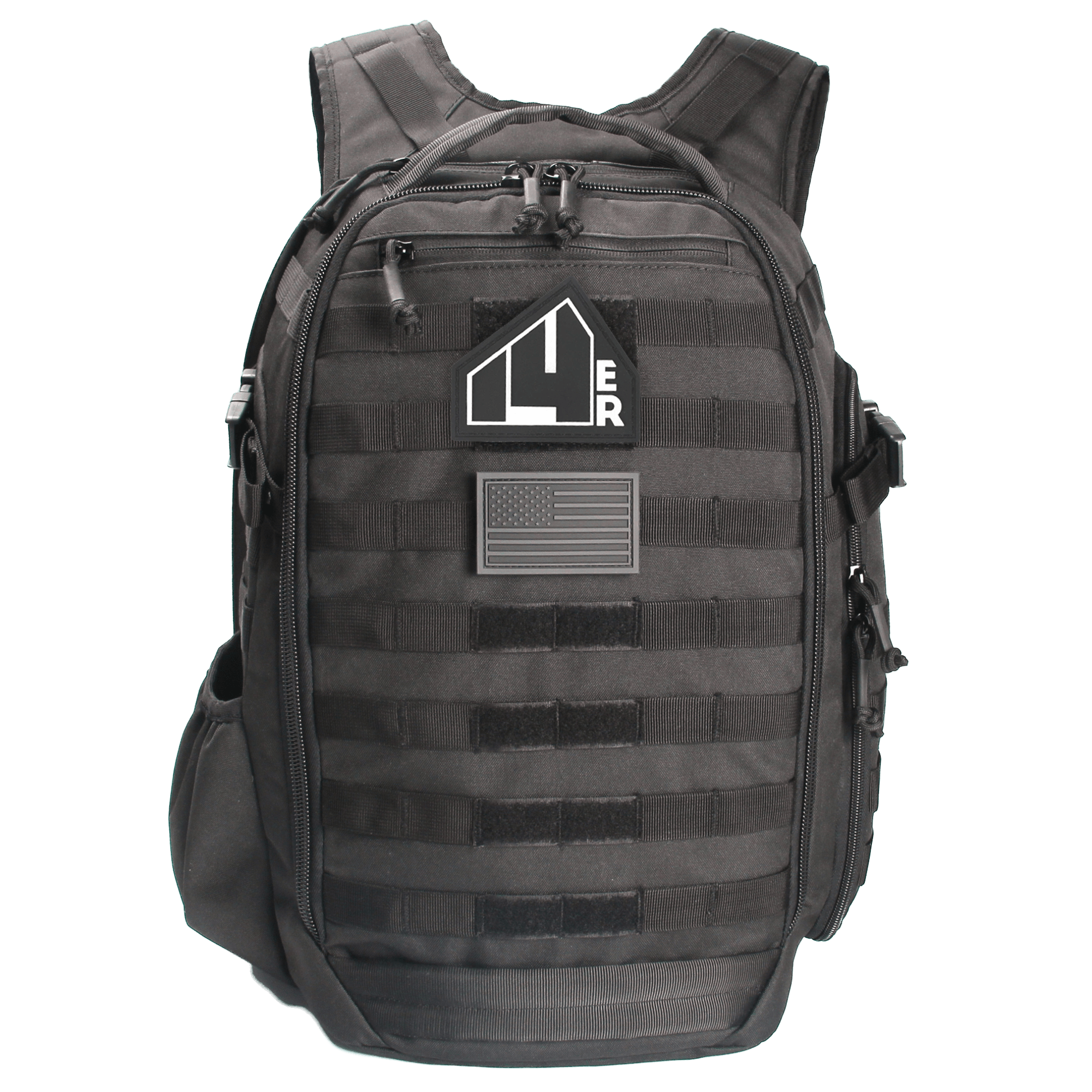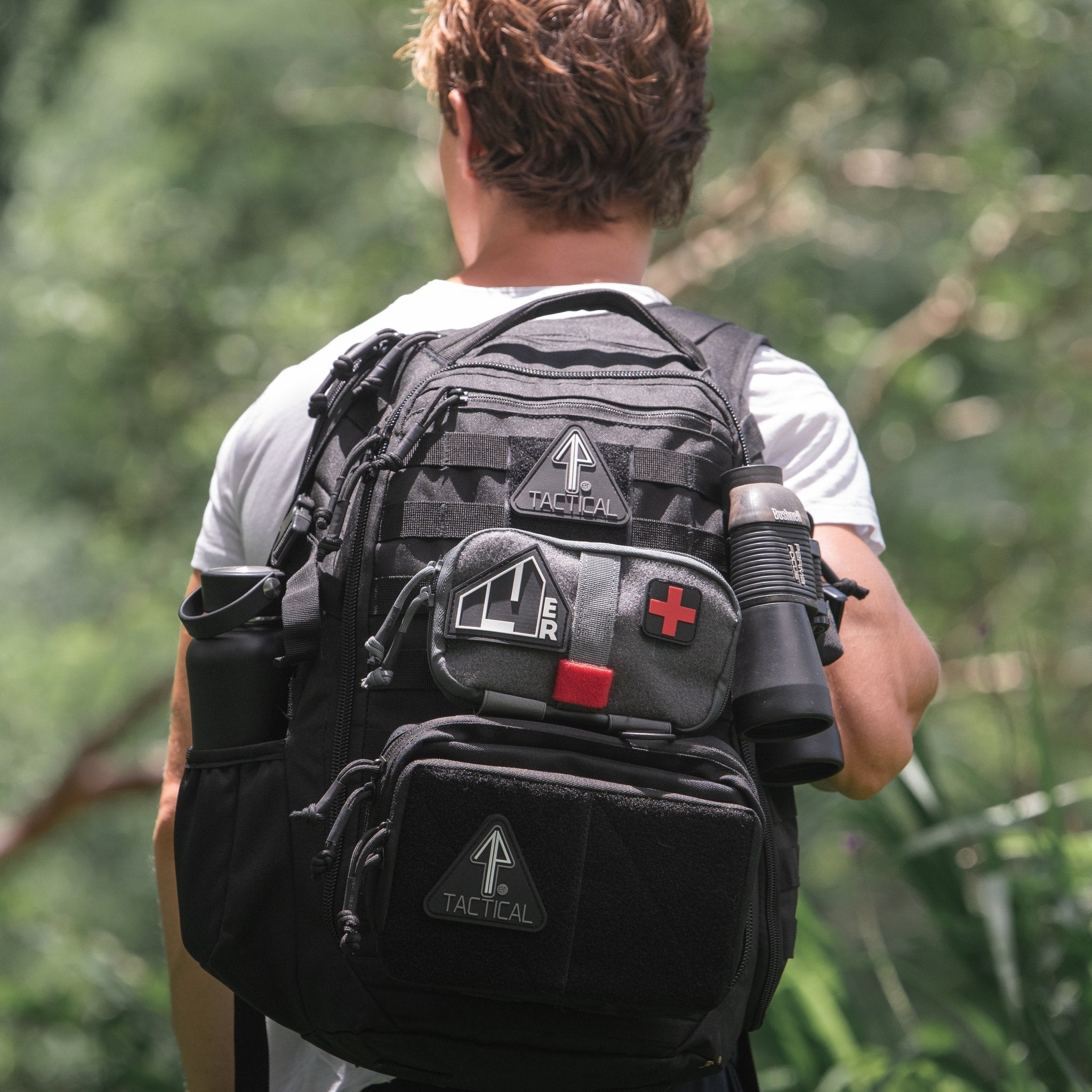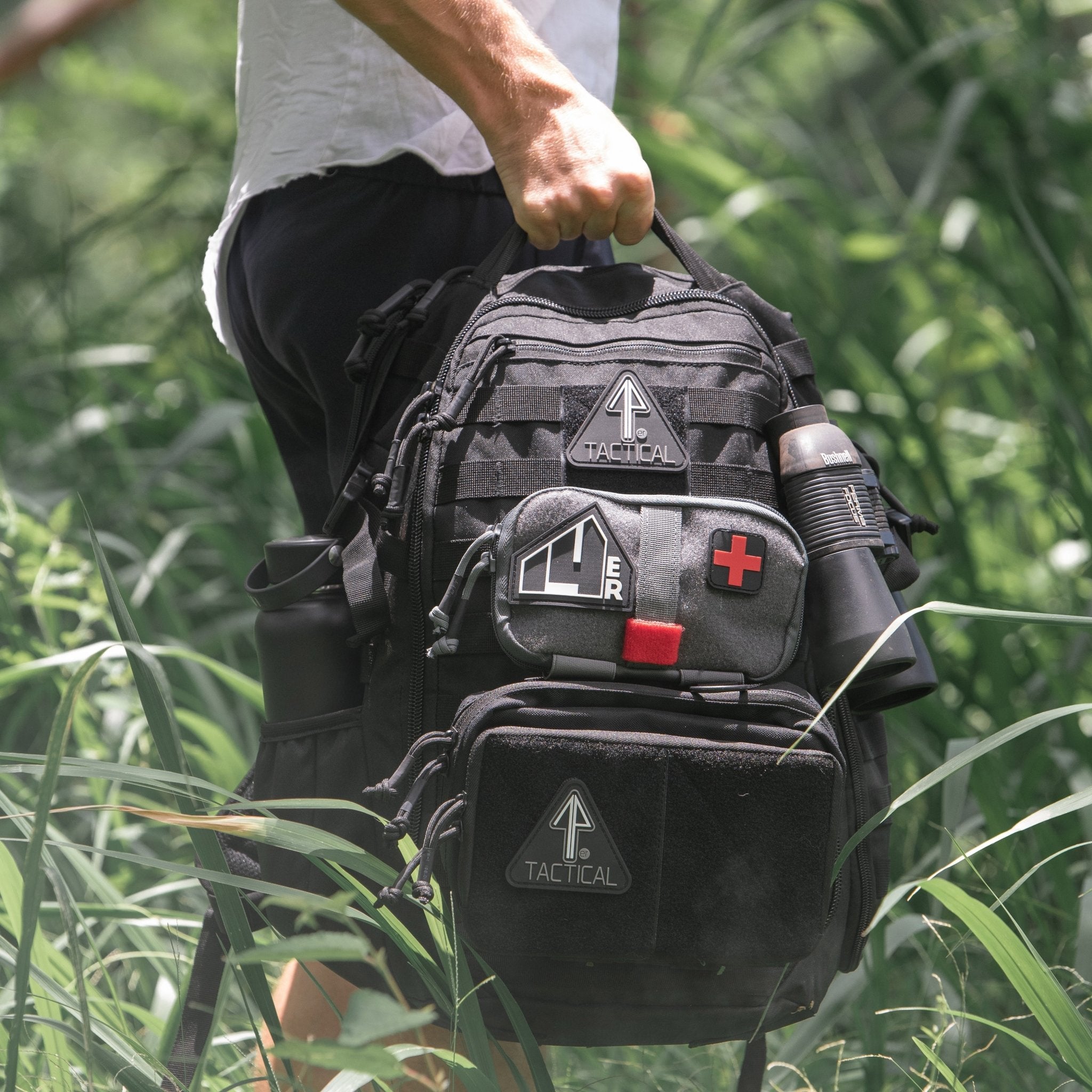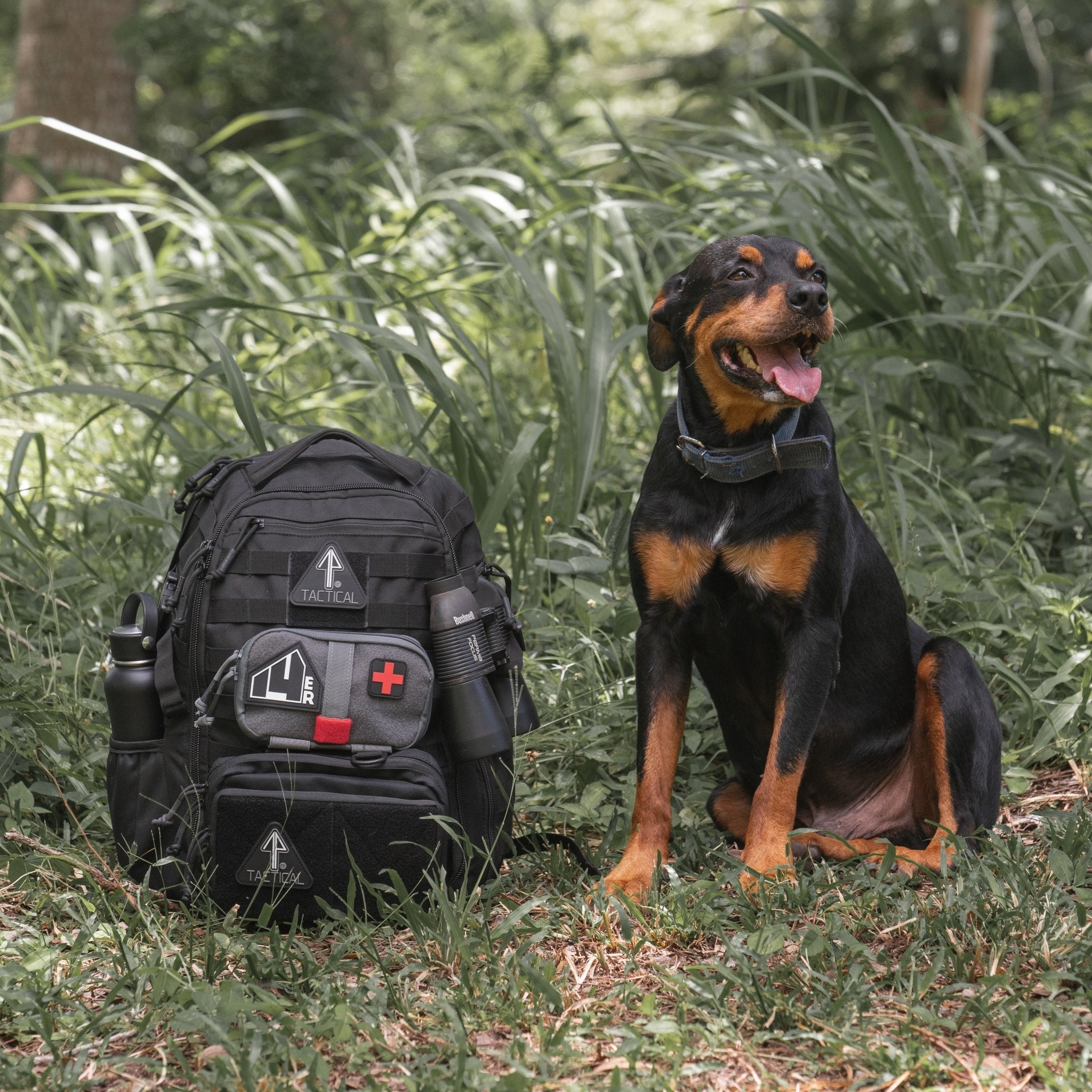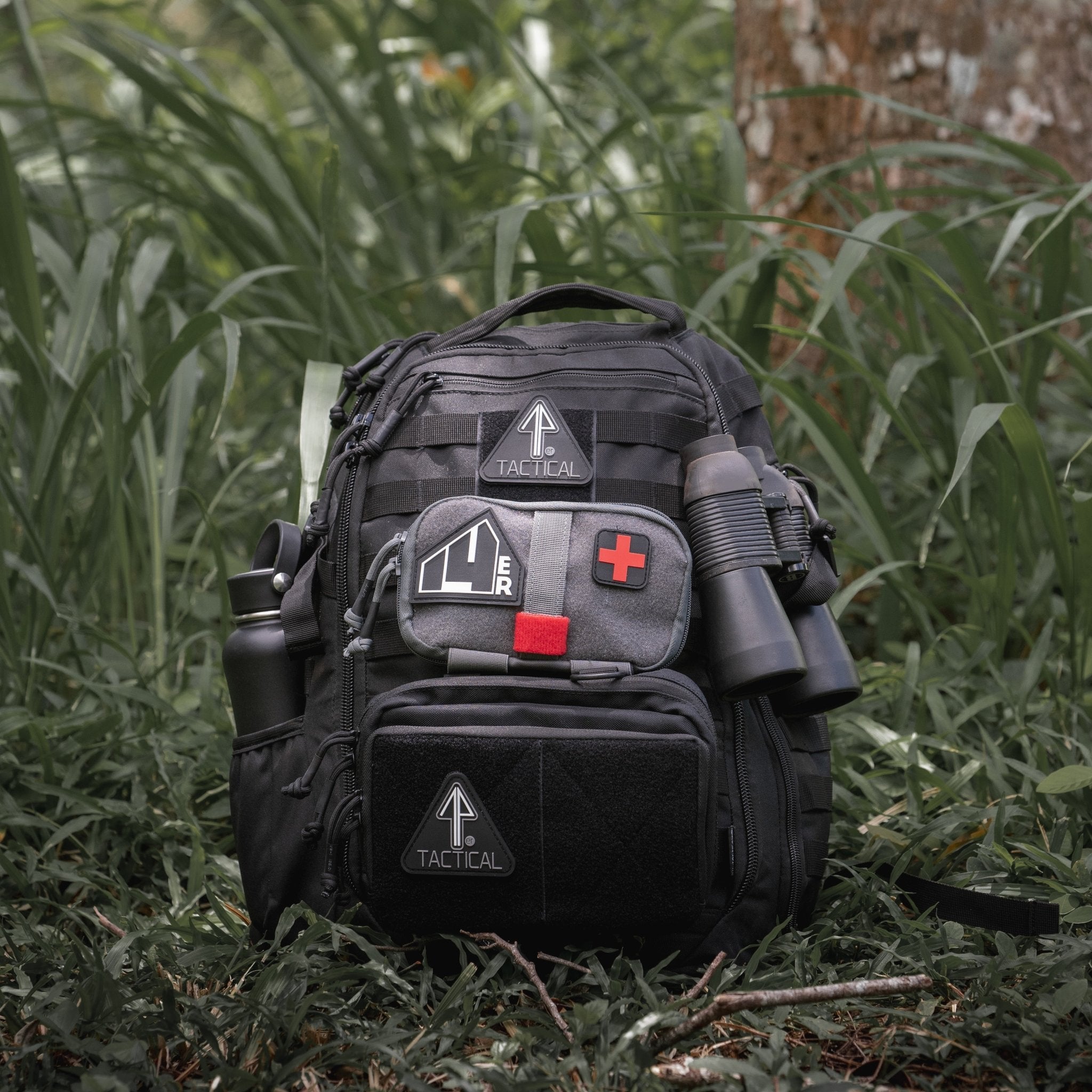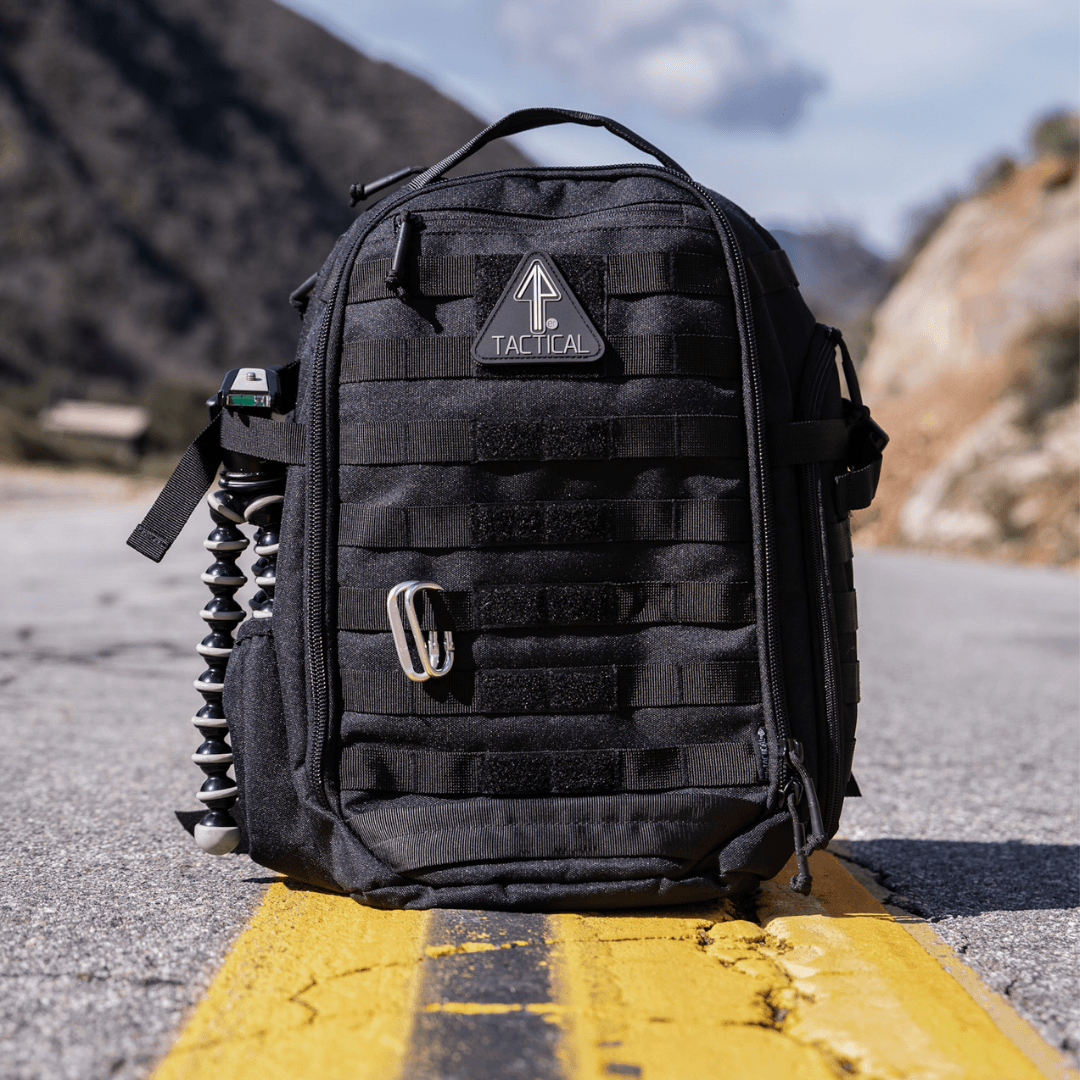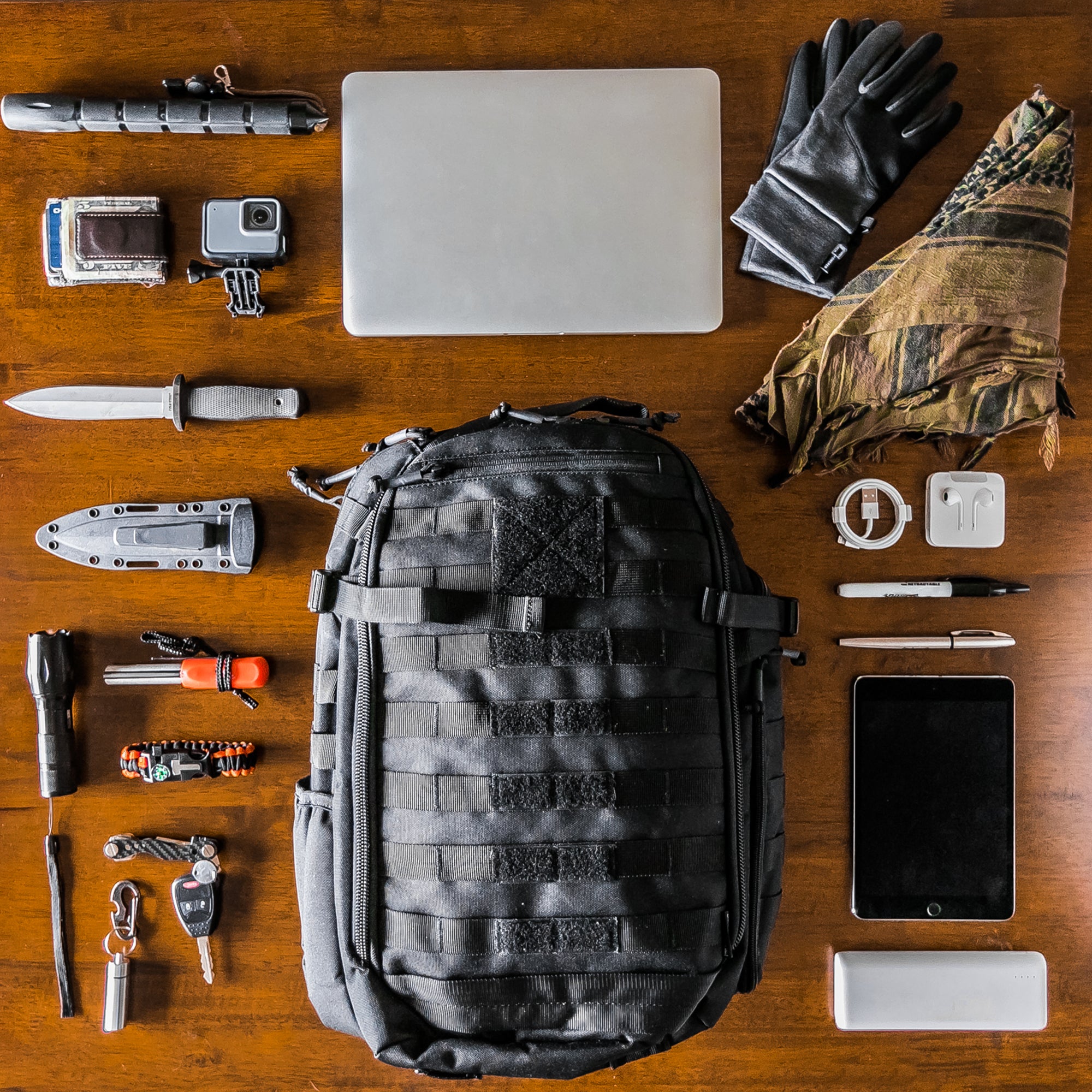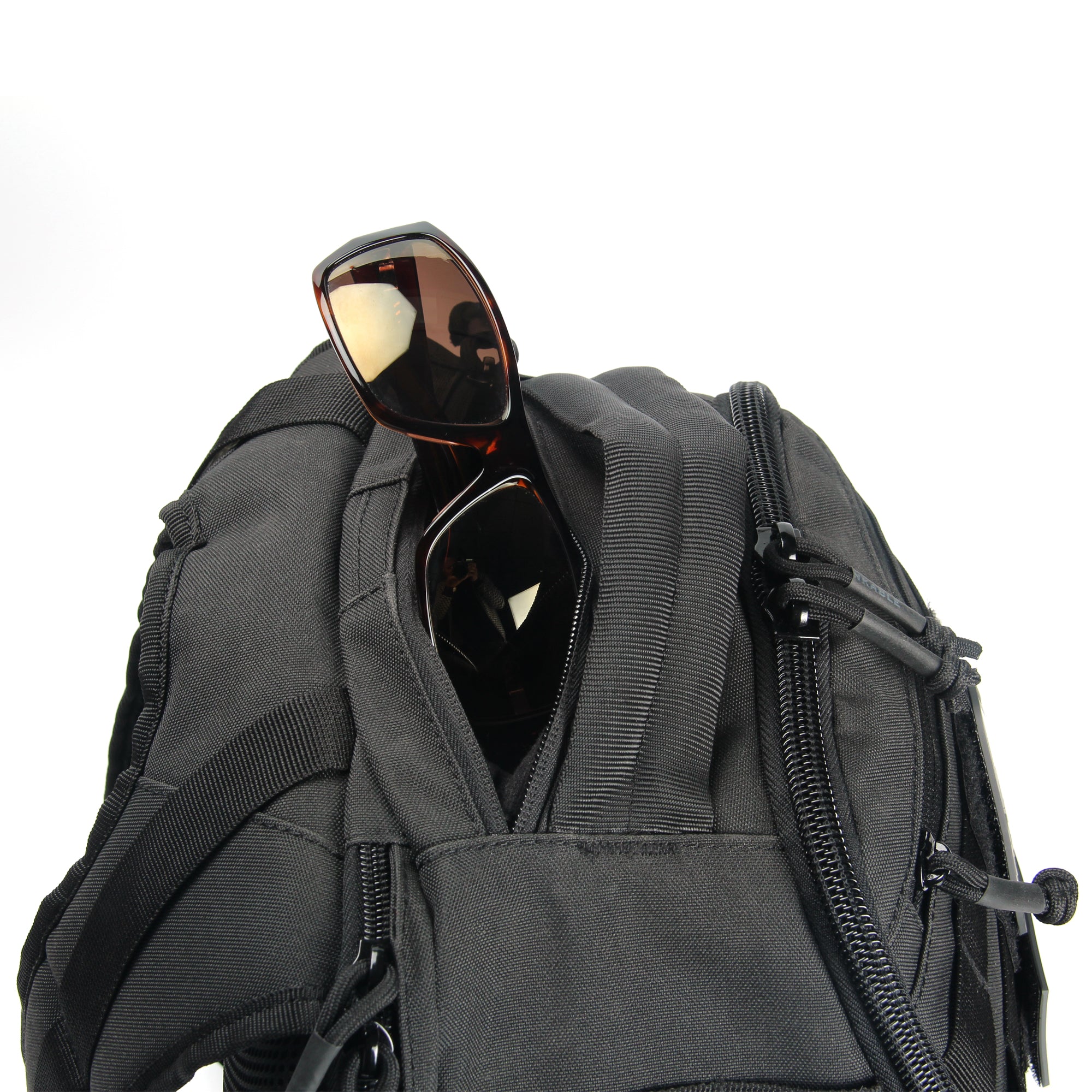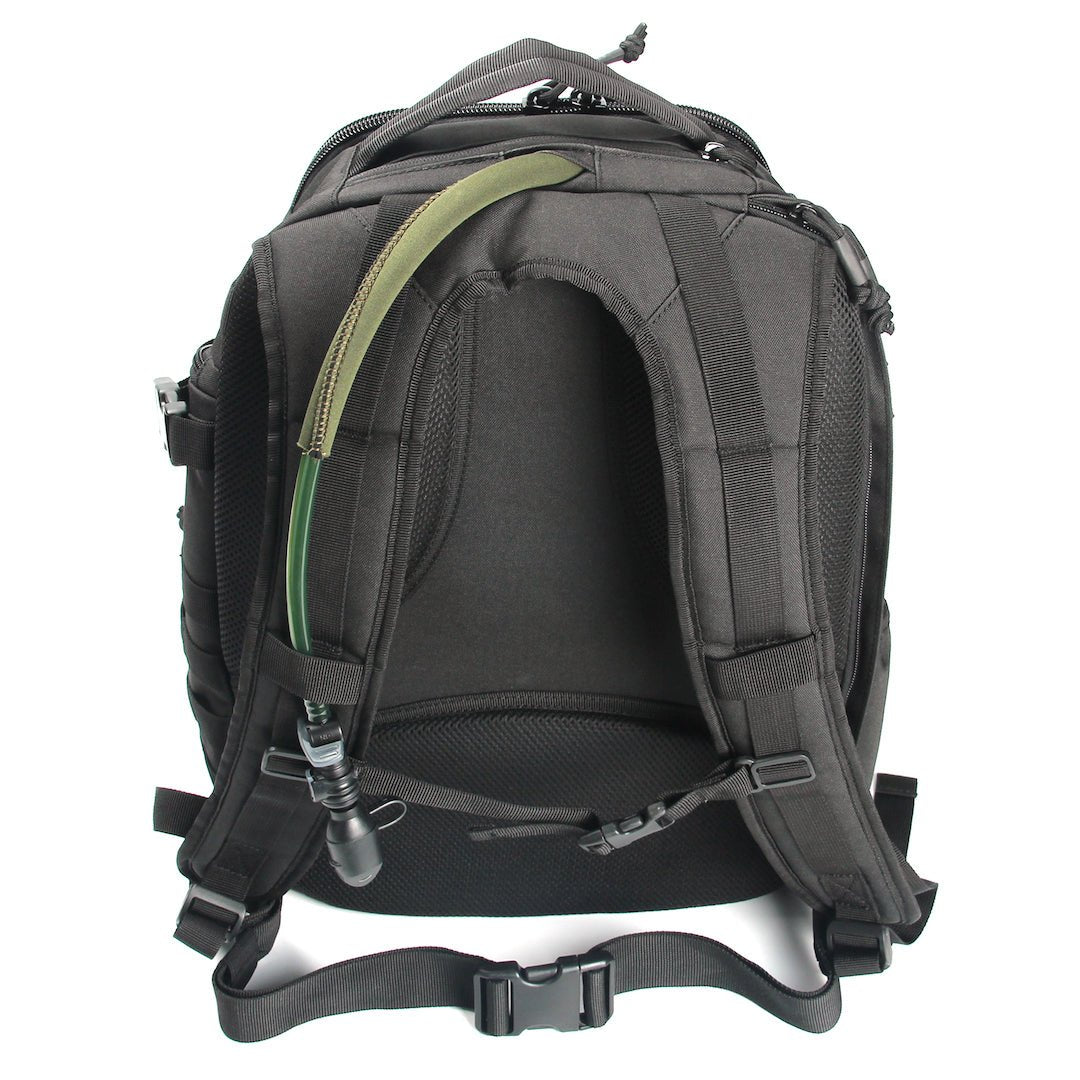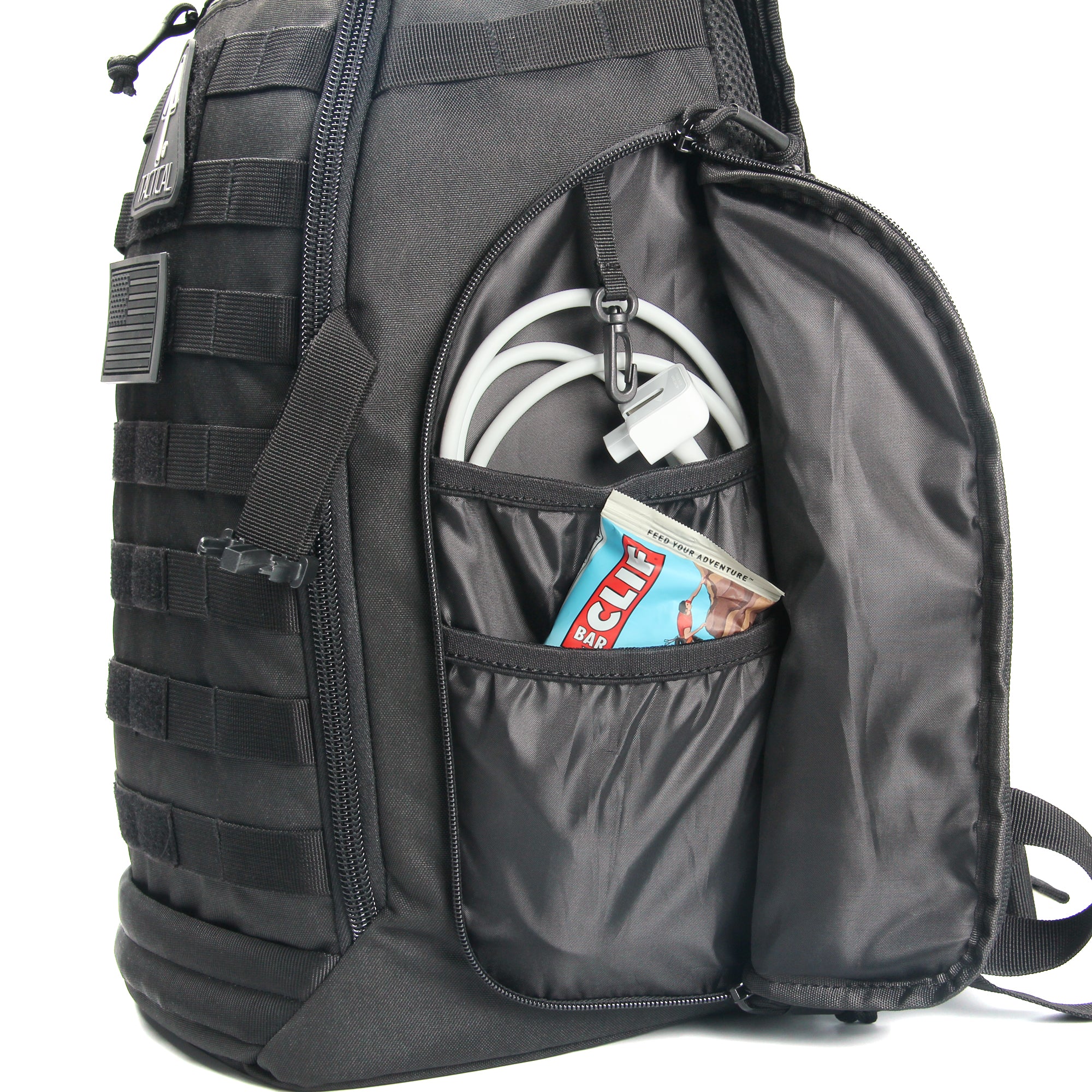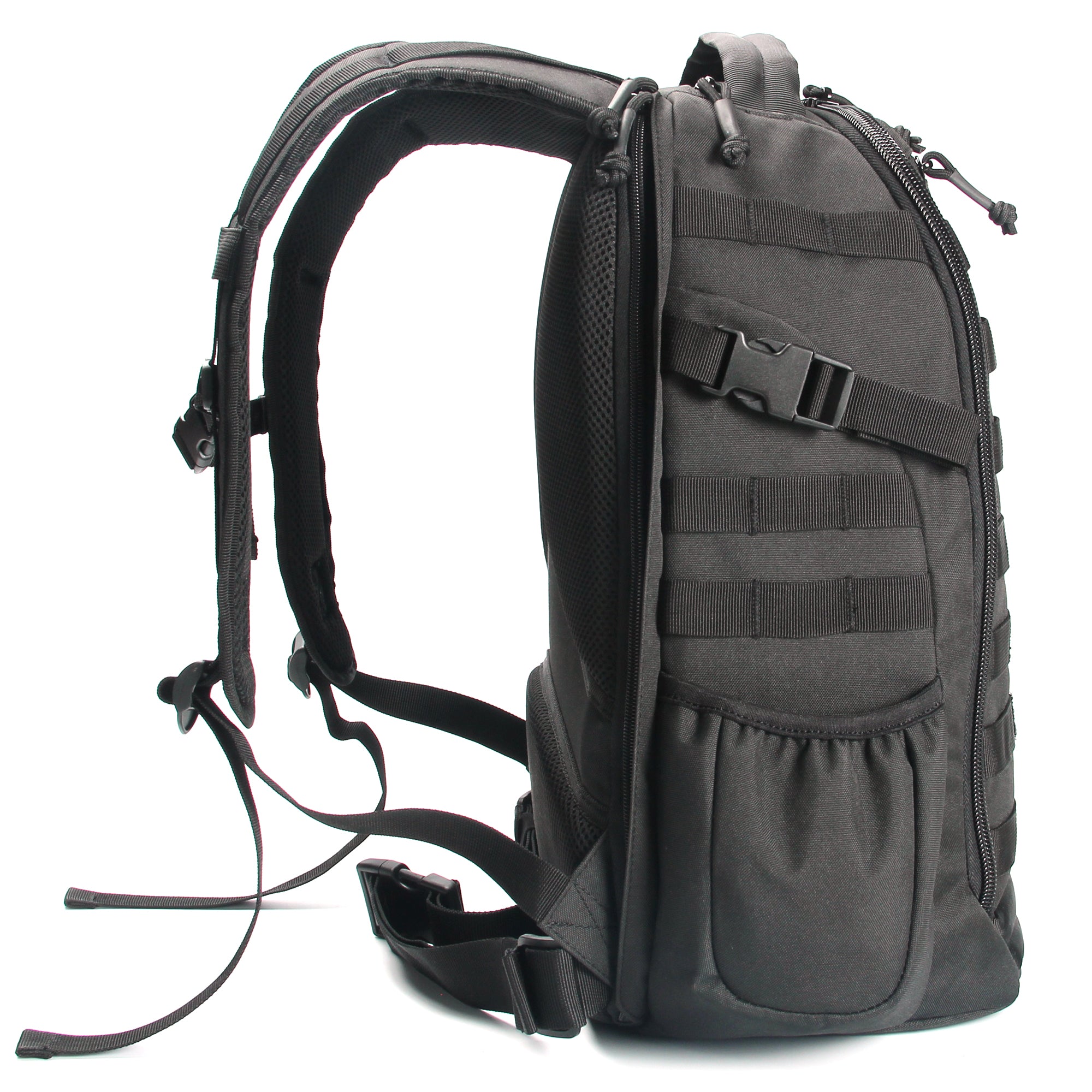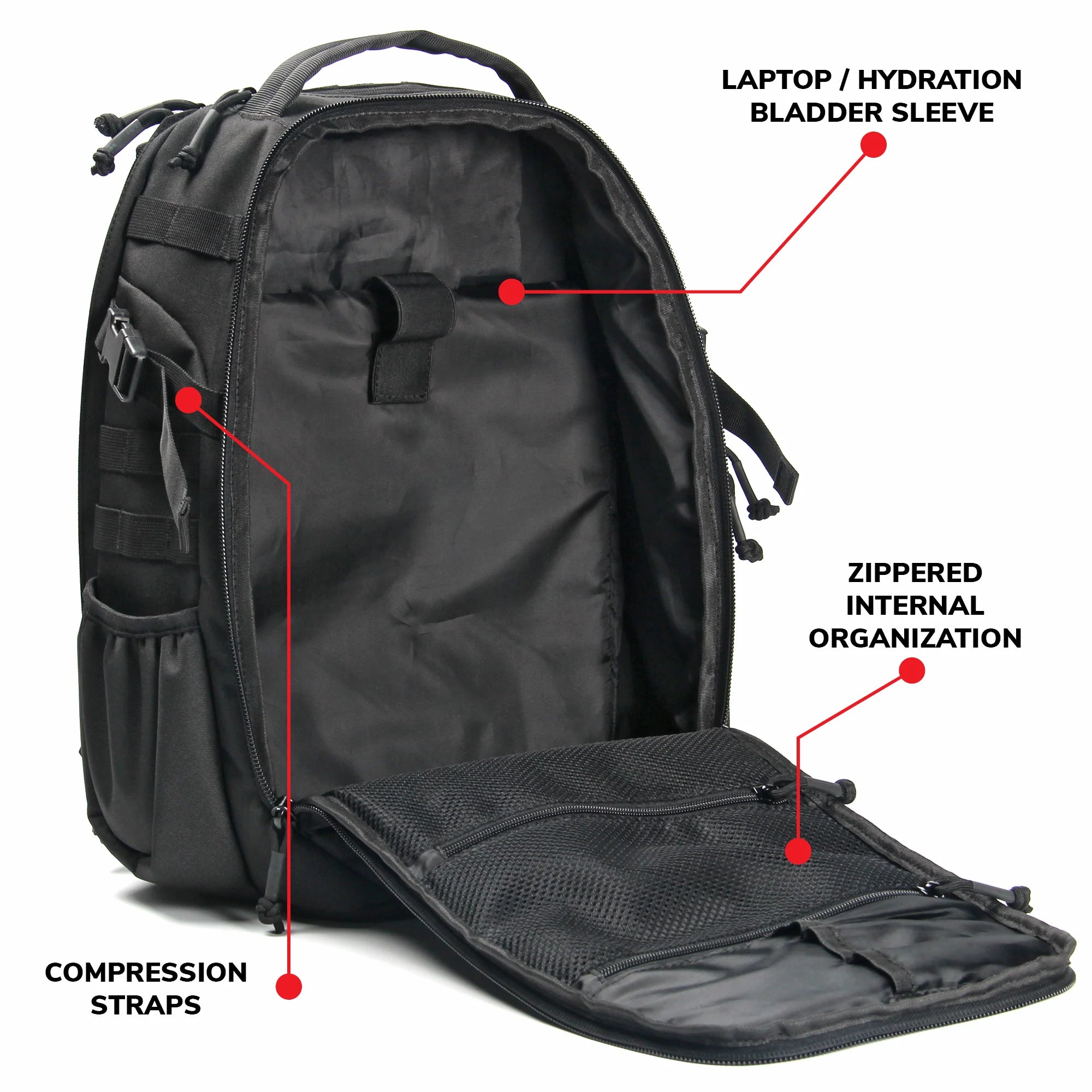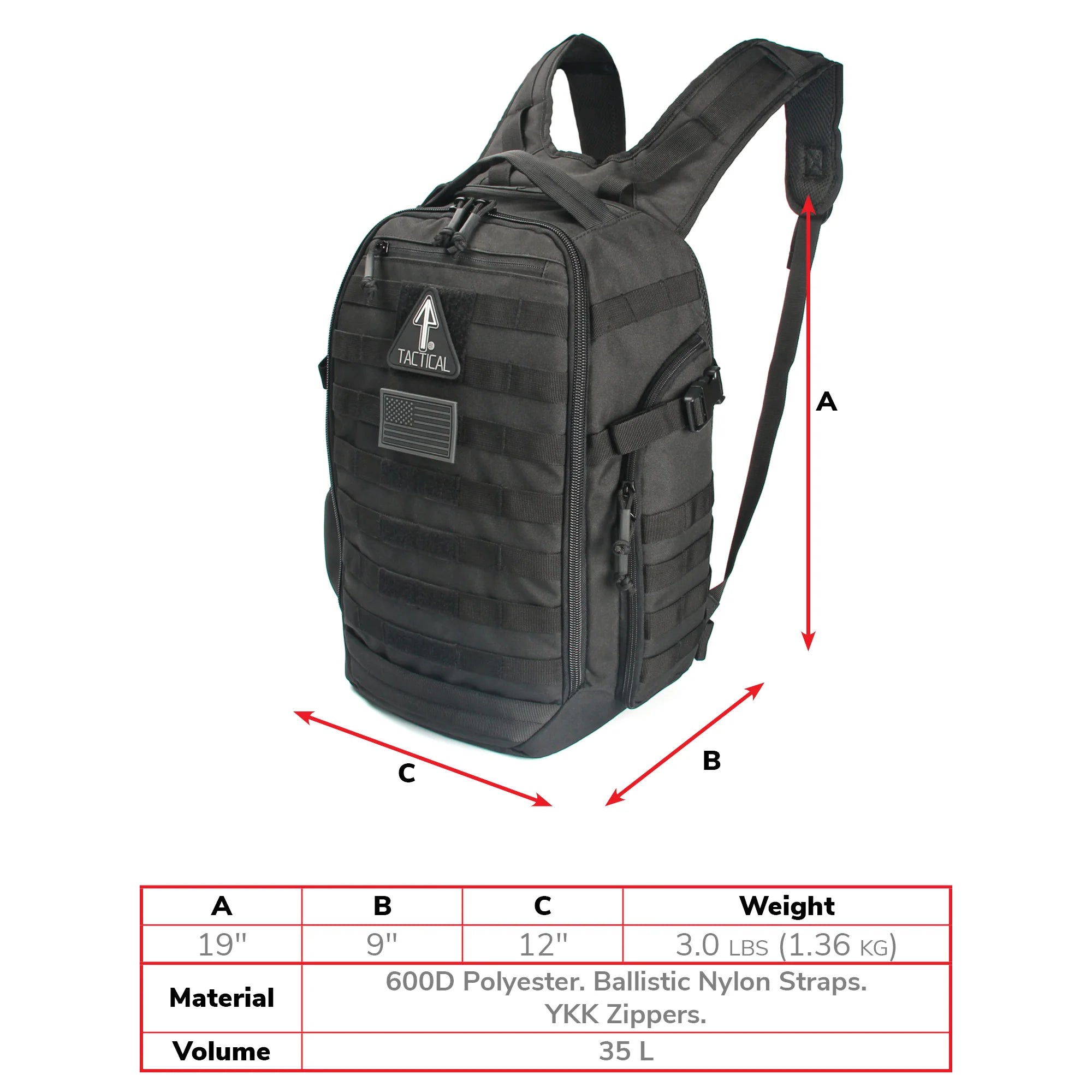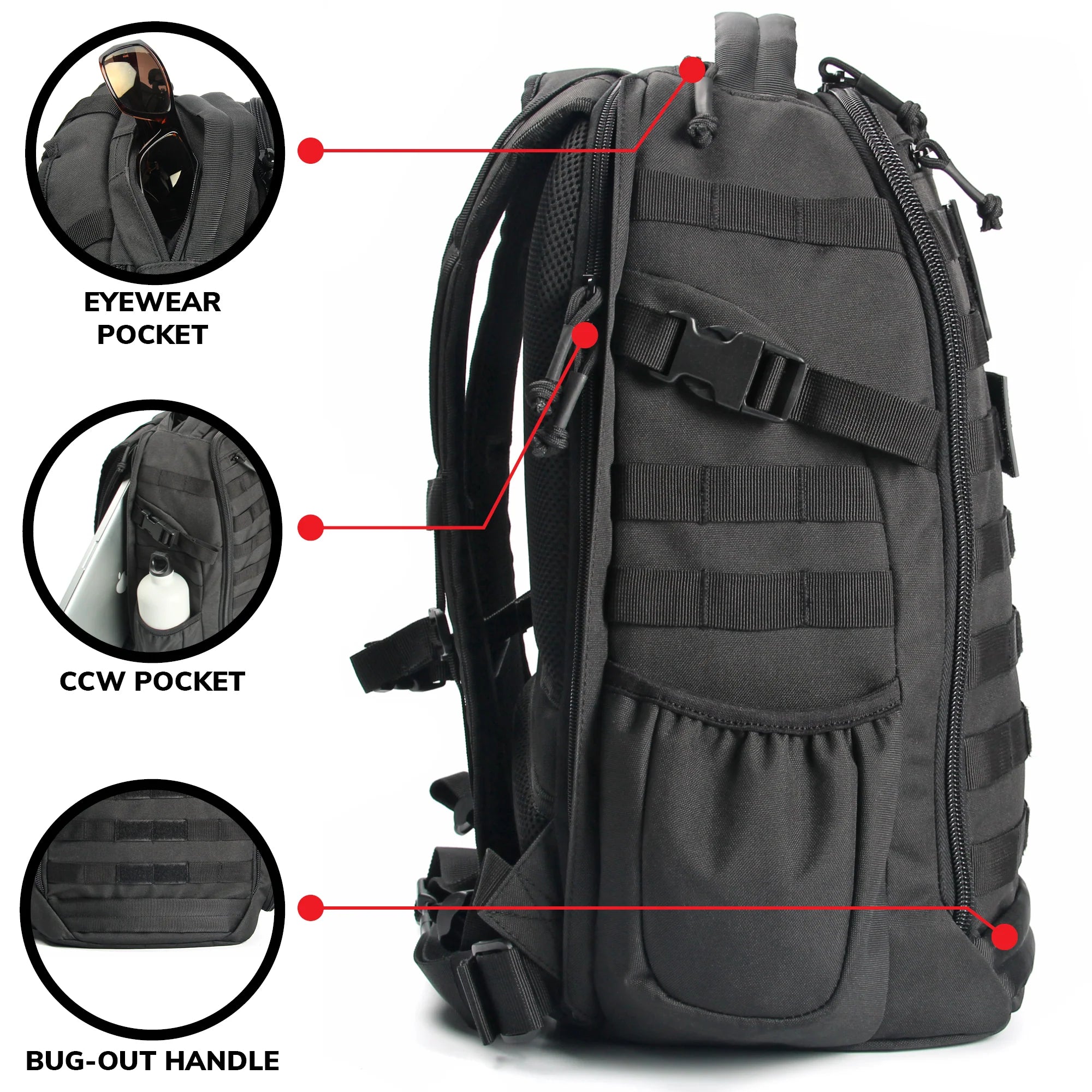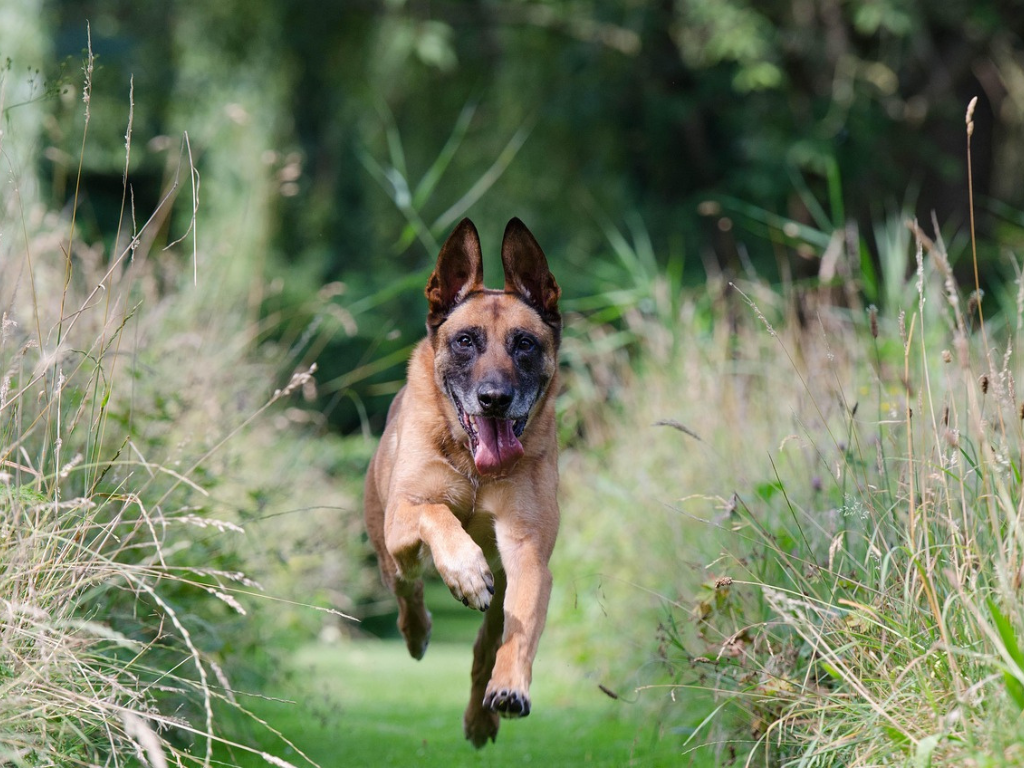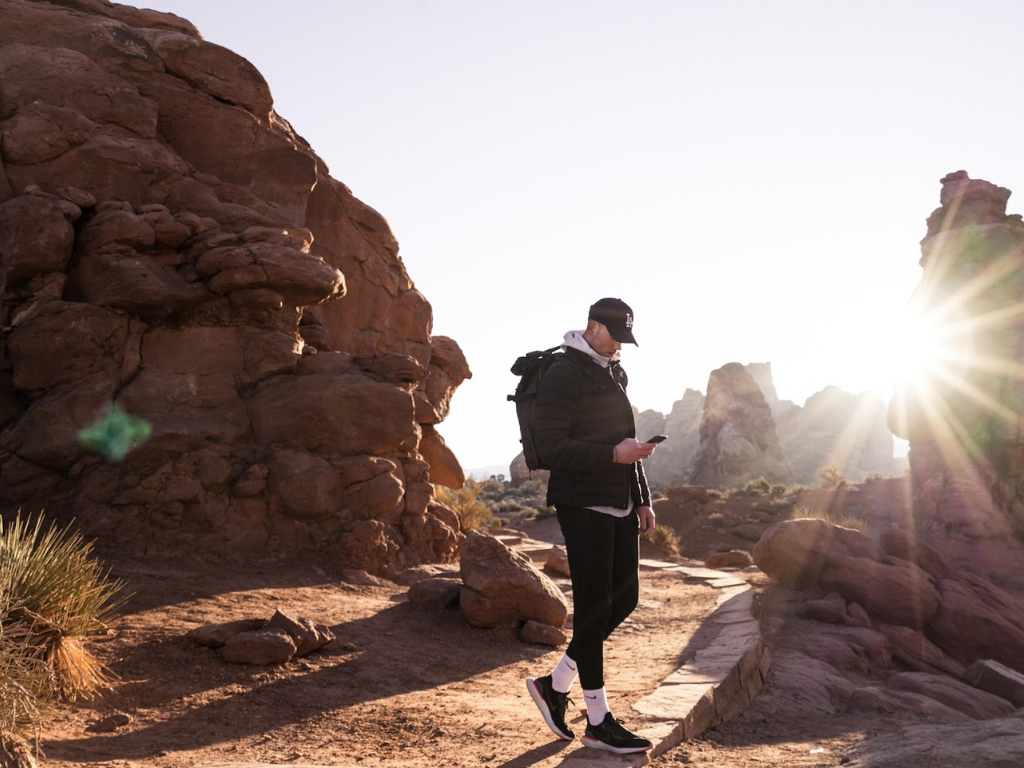
Wanna get into rucking? It’s a fantastic way to get fit and enjoy the outdoors, as long as you don’t mind having a weighted rucksack strapped on your back! That’s how you build strength and stamina, though!
Rucking is very easy to get into. All you need are good shoes, a tactical backpack and a place where you can hike for an hour or longer. You can take the same route every time, or explore various trails in your area. Whatever helps you best achieve your fitness goals.
Sound like something you’d like to do? Then keep reading. We’ll give you all the rucking essentials you need to get started.
What Is Rucking?
“Rucking” comes from the practice of military troops to travel by foot while carrying big, heavy packs on their backs. These packs are also known as “rucksacks.” Troops would basically carry all of their equipment and personal effects in the rucksacks while walking long distances. They couldn’t do it at their own pace, either. They had to keep up with their unit’s movement speed. No lagging behind!
If you want to pay homage to the origins of rucking, you could equip yourself with tactical-style rucking gear like the 14er backpack. That’s a good way to get into the soldier’s mindset of discipline and steadfast focus. Even if you are not in the military, having that touch of military energy can push you to keep on going… keep rucking ‘til you’ve hit your fitness goals!
Rucking can feel like doing your own personal tactical training. The activity develops your physical endurance and movement fitness, after all. With enough time, you’ll be able to exert yourself more without capitulating to fatigue.

What Are the Benefits of Rucking?
Exercise is good for any healthy person. Rucking is a form of exercise, and one that offers multiple benefits packed into one simple activity.
Rucking offers many of the same health benefits as walking and hiking. It’s great for burning calories. Better than walking as you’re carrying a load at the same time. Greater exertion = more calories being shed. If you have a weight maintenance goal, rucking will help you attain that.
It also supports a healthy heart, healthy lungs and aerobic conditioning. It builds muscle, especially on your thighs, shoulders and back. That also means building strength. You’ll be a force to be reckoned with!
It counts as a form of endurance training. You’ll enjoy increased stamina and reduced strain. You’ll be able to do this all day, like Captain America.
Rucking is also great for raising your spirits. You’ll feel more confident and self motivated. You’ll feel good!

Where to Get the Right Gear for Rucking?
You don’t need a lot of rucking gear to get started. That’s the beauty of rucking. You can simply strap a pack to your back and get moving. Next to running, it’s the most low-maintenance fitness activity. But of course, you don’t want to grab just any old backpack and begin your rucking journey.
You’re going to be spending a lot of time carrying a weighted backpack. You’ll want to get one that’s right for you. Rucking will be less comfortable if your backpack ends up riding too high or too low. That may harm its effectiveness and lower your enthusiasm for rucking.
Look for a high quality backpack that fits you well and provides proper support. That means the bag’s shoulder straps should be strong as well as comfortable—you don’t want them pinching or scraping you. We recommend a tactical backpack such as the 14er backpack. These bags are designed for rugged activities like rucking and trekking. Check out our handy guide to selecting the right tactical backpack!
The actual load for your pack doesn’t greatly matter, but you’ll want to ensure that it’s the correct weight. Not too light or too heavy. You’ll need an accurate baggage scale.
Finally, be sure to wear good shoes and bring along a water bottle. Other rucking gear items you could bring include a compass, sunglasses, jacket, towel and individual first aid kit (IFAK).

How to Prepare Yourself to Begin Rucking
Before you start rucking, you need to condition yourself. Get into the habit of walking. Start with a 30 minute walk each day, and increase the duration as you progress. After a month or so, you can start adding weight to your exercise.
Set progression goals for yourself. For example, you can add 5 pounds to your load every two weeks until you reach your target carry.
In addition to conditioning yourself to walking, you should also try weight training. That’s going to build your muscle strength for rucking. Working out with dumbbells or kettlebells would be a good start. Doing squats and deadlifts with barbells will condition you to lifting with a weight on your back. Such exercises will train you for lifting and carrying your weighted rucksack.
Barbell front squats, suitcase squats and goblet squats will strengthen your quadriceps. These exercises will get your thighs in great shape to handle the rigors of rucking and hiking.
As your body gets stronger, increase the weight you’re lifting. Progressive overload training is very effective for building the strength you need—better than simply adding more reps.
Getting Started
Once you’re ready to start rucking, limit yourself to doing it two times a week and no more. Think of rucking as equivalent to “leg day.” It’s not an everyday kind of activity.
You need to prepare your tactical backpack accordingly. Load it with a reasonable amount of weight. If it is your first time, a load of 5-10 pounds would do. Once you have rucking experience, go for 20-30 pounds if you weigh under 150 pounds, and 30-40 pounds if you weigh above 150.
What types of weight to use? That doesn’t really matter as long as the weight is correct and the load is not too bulky. A couple of weight plates would do the trick. Make sure you pack material around them to keep them in place in your 14er backpack. You don’t want the plates to slip and slide while you’re walking.

Is Rucking For You?
Rucking can be very challenging. Not everyone will enjoy it. If you love walking outdoors and have the endurance to do so with a weighted pack, you can find it very rewarding. If not, you might not like doing it very much.
But you should take the steps to condition yourself by walking, anyway. You might find that you do enjoy walks and eventually get to the point of wanting to try rucking. Even if you don’t get to that point, you’ll improve fitness by walking. It’s a win for you, either way.
Experiencing your environment can be a big part of rucking. Look for guided trails to explore around your area. Find one that offers the kind of scenery that enriches the activity for you. Alternatively, you can get into urban rucking. That’s simply walking with your tactical backpack through the streets of your town. For some people, that offers greater appeal compared to hiking on a trail.
Personalize Your Rucksack

If you do get into rucking, you’ll want to look for little ways to motivate yourself to do it. One great way is personalizing your rucking gear. This actually gets you feeling more invested in the pursuit.
Adding morale patches to your tactical backpack is a great idea. These are funny, irreverent badges that carry on an age-old military tradition. Morale patches can proclaim your goals and convictions, or they can simply make you grin. Catching sight of them on your pack sparks a reminder that puts you in the mindset to keep pursuing your goals.
If you’re interested, check out this cool assortment of 14er morale patches. There’s sure to be a few in there that grab your attention.


